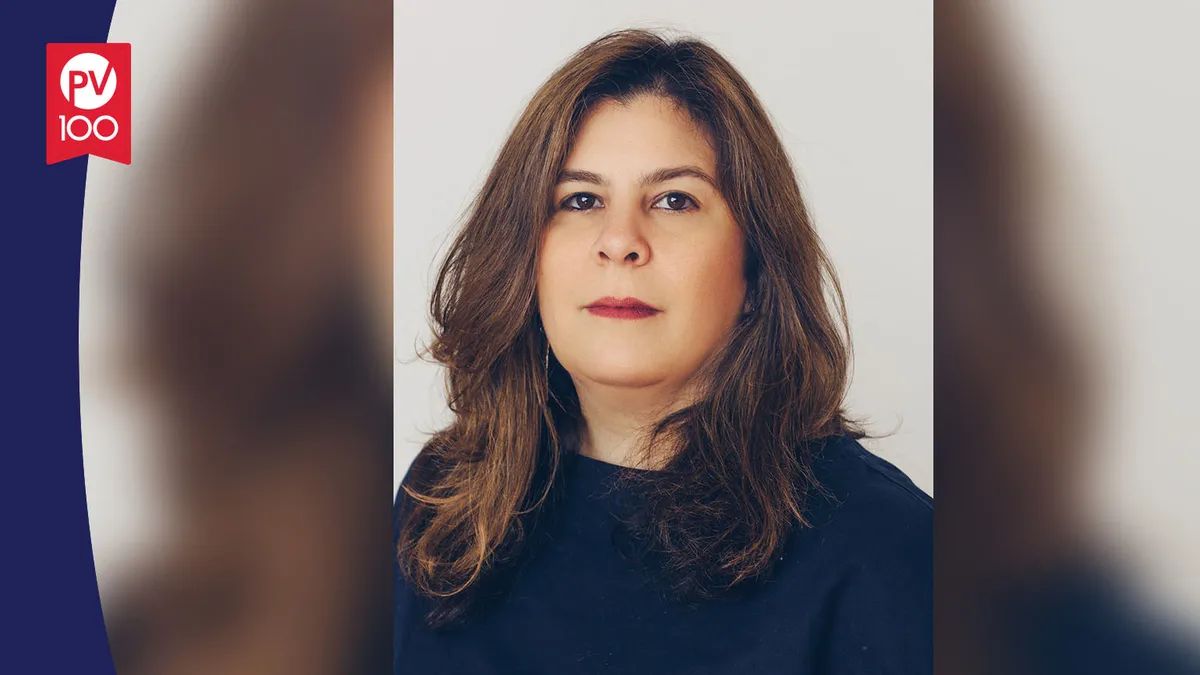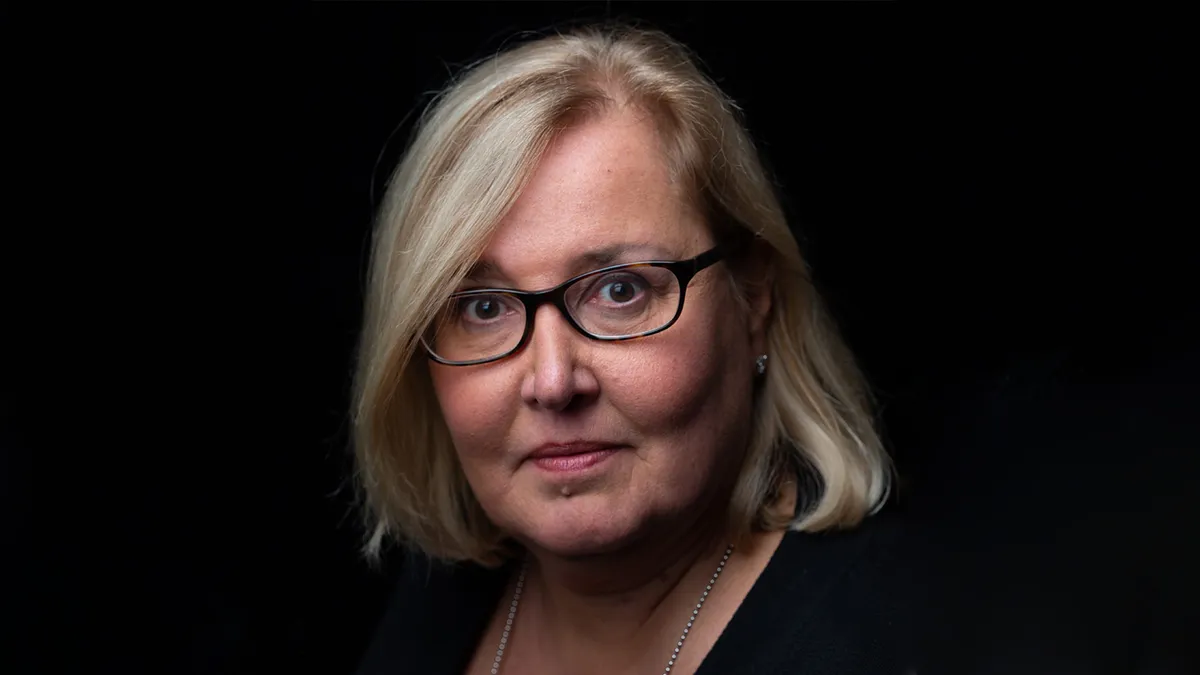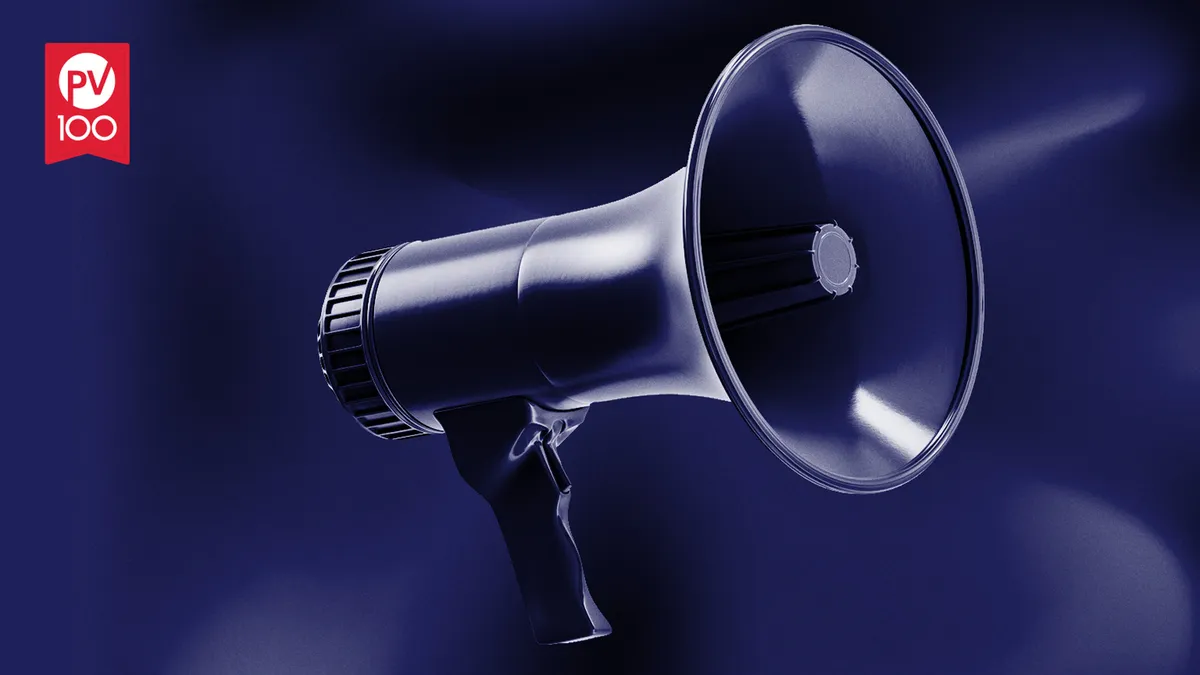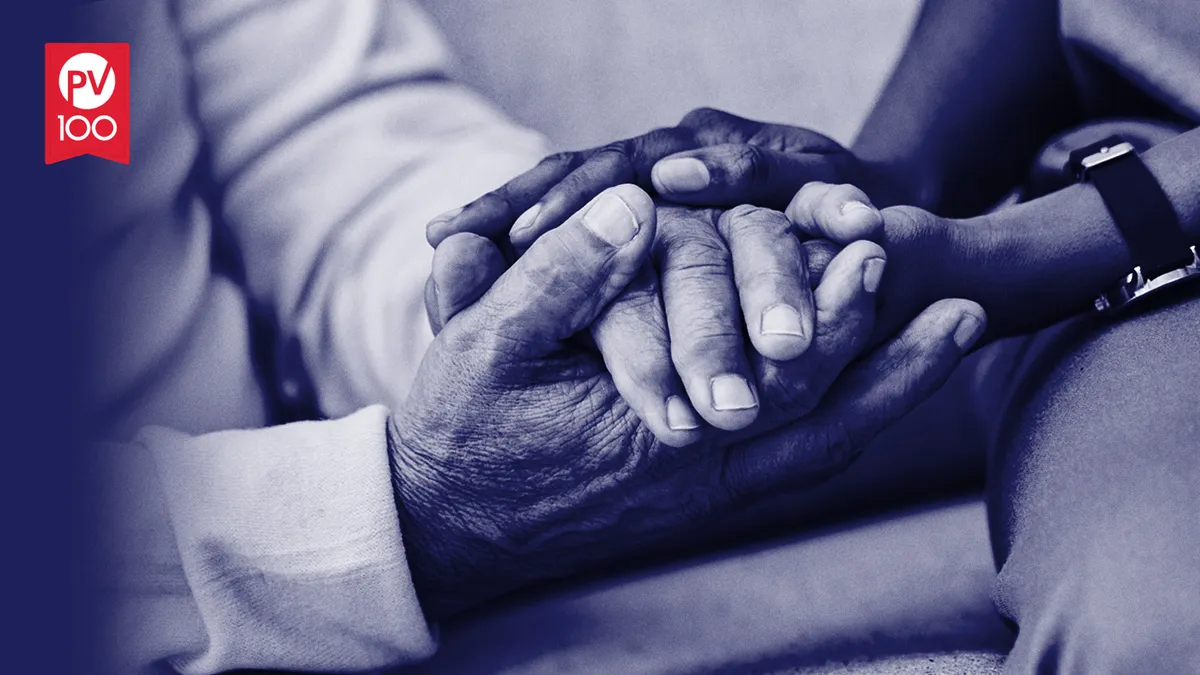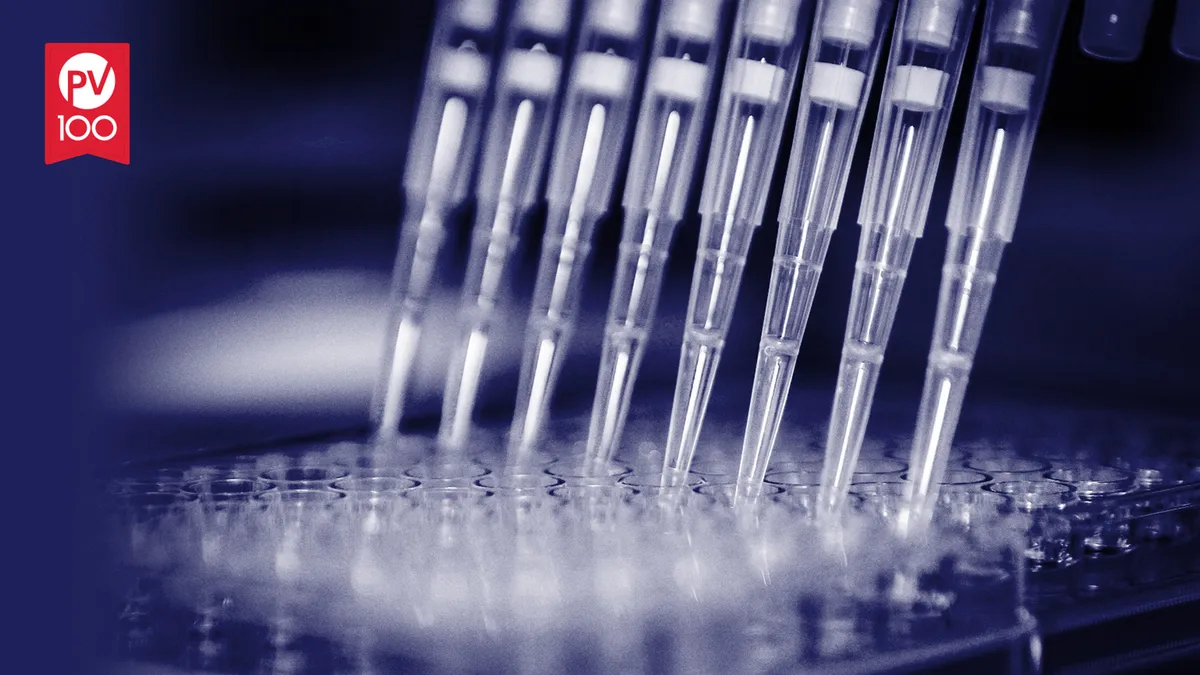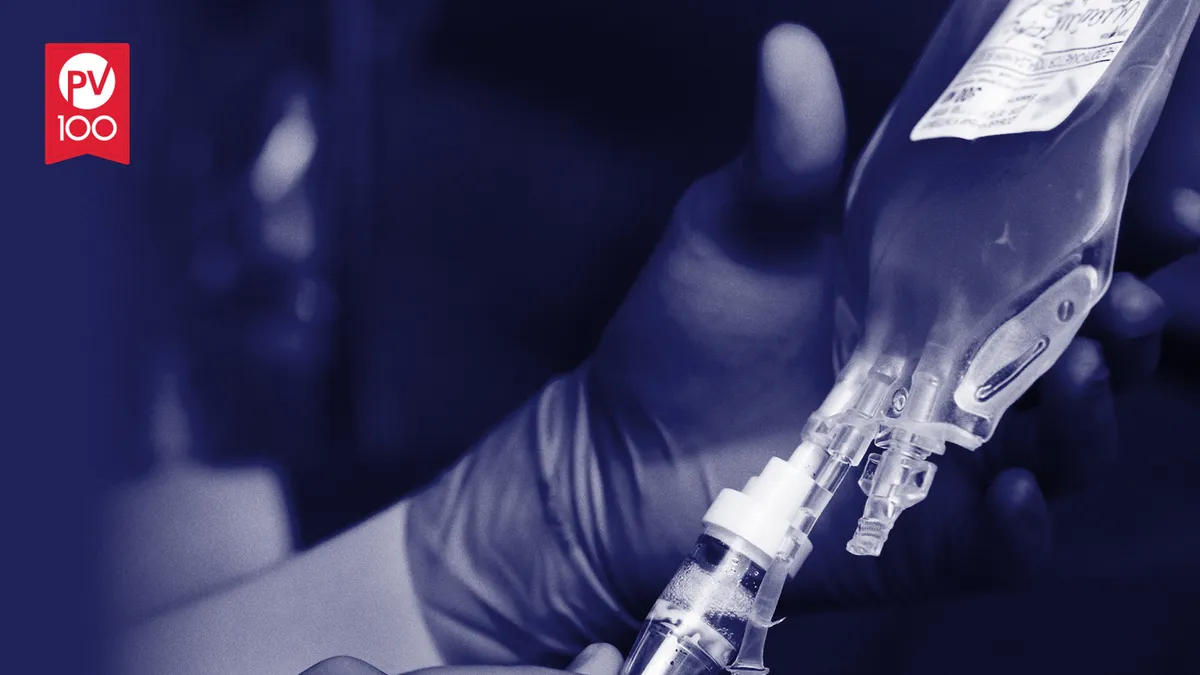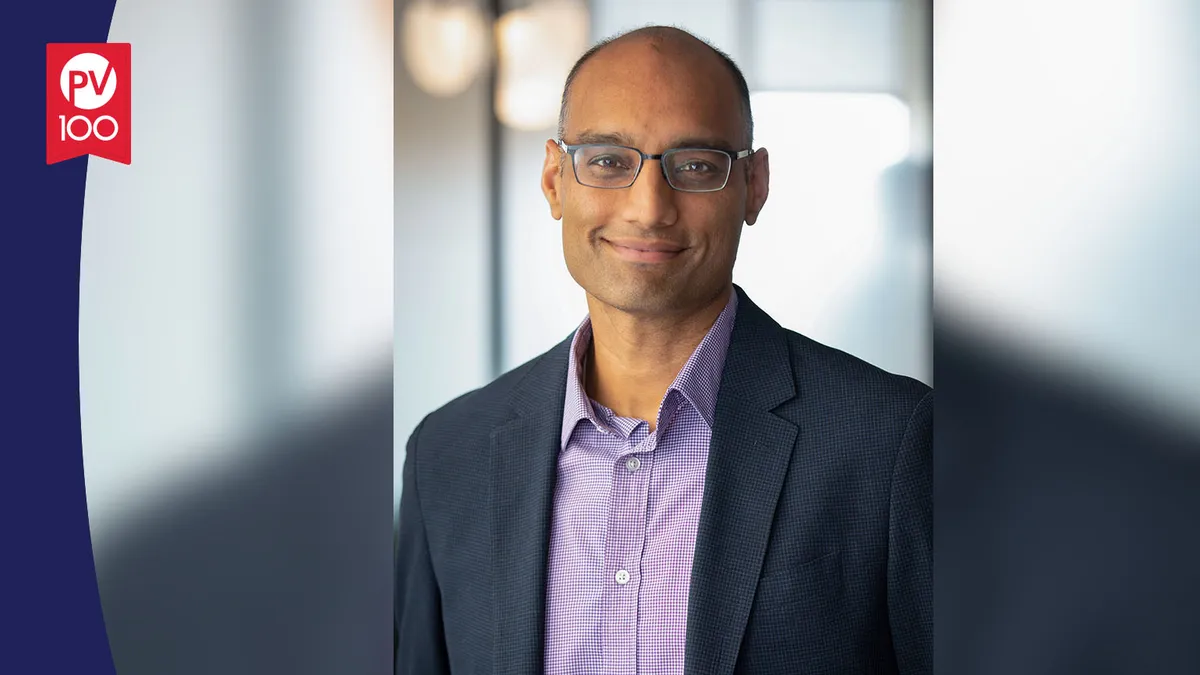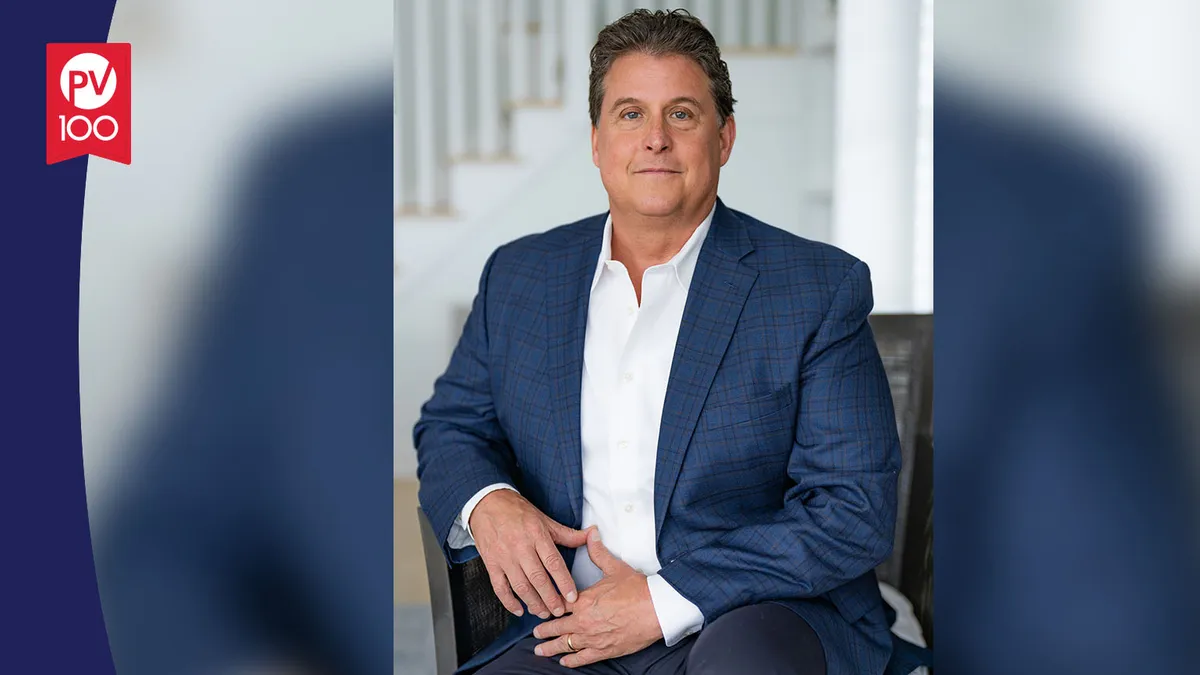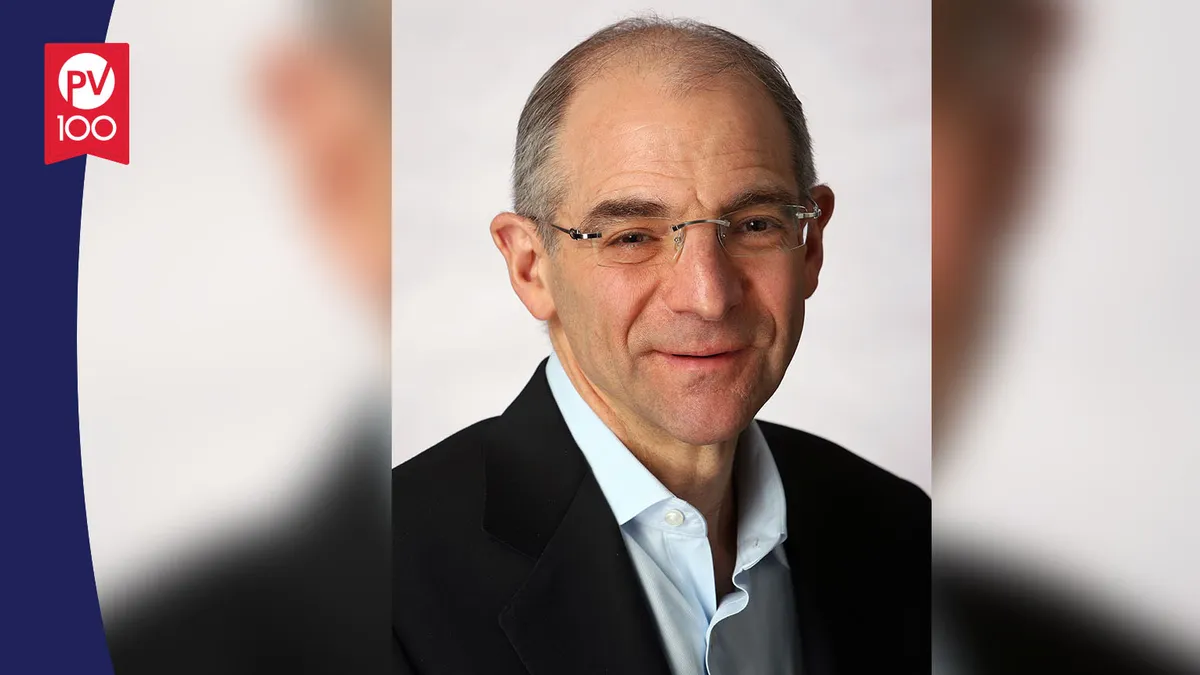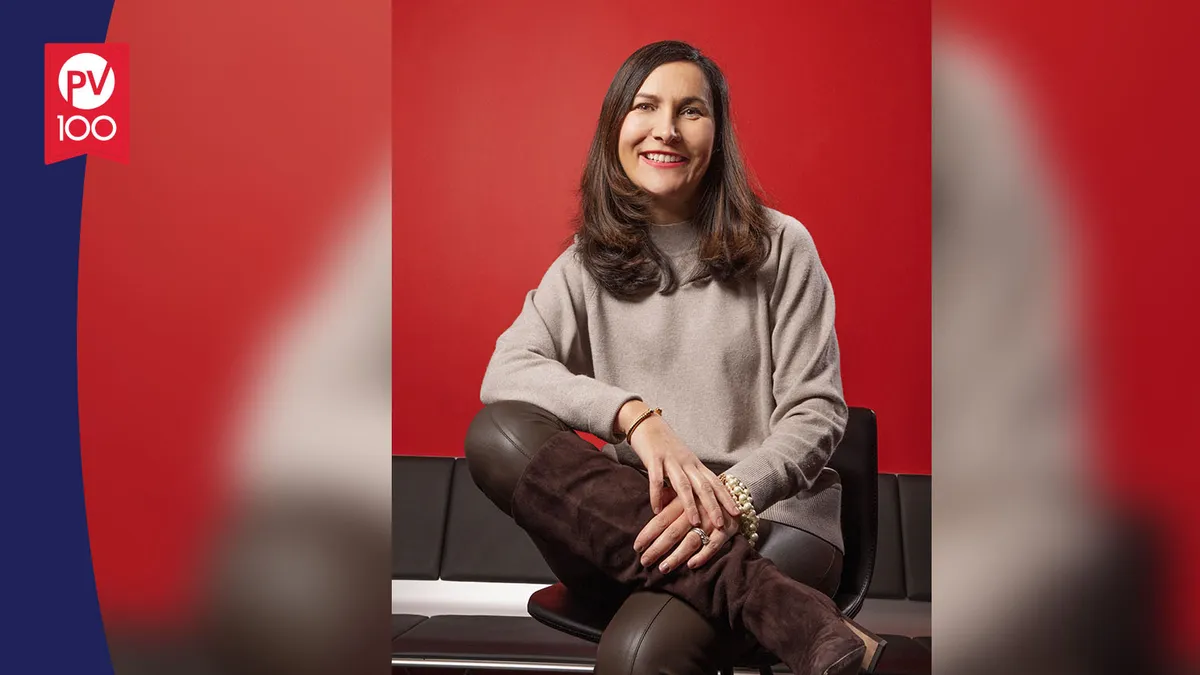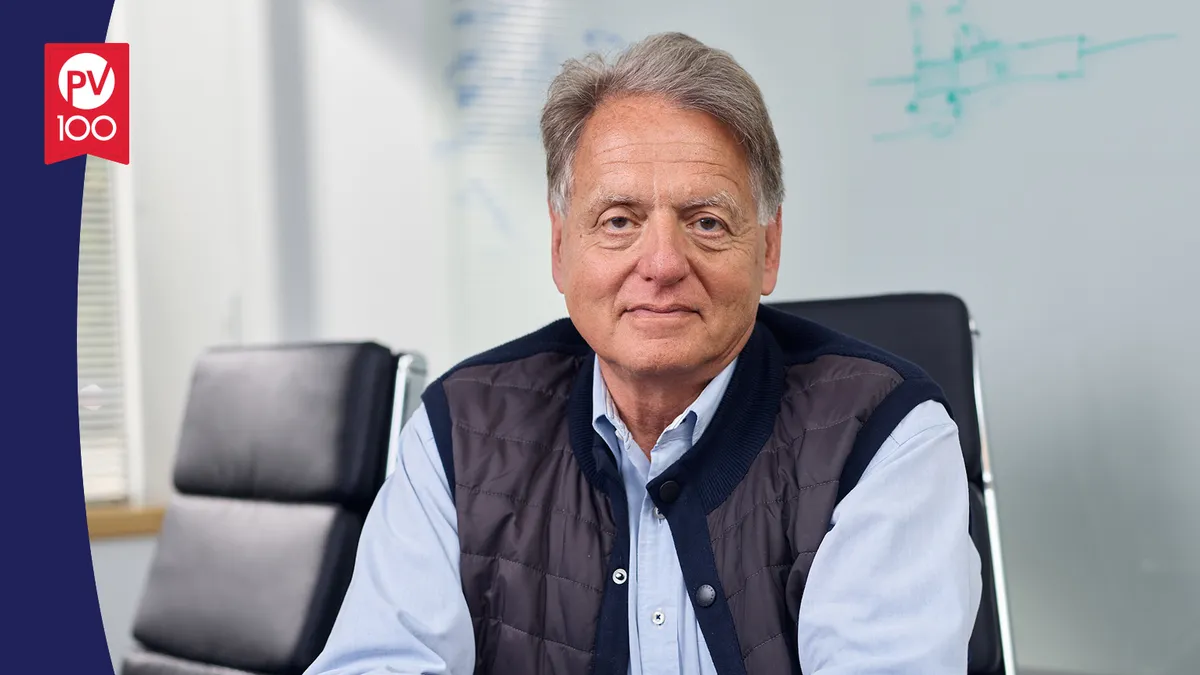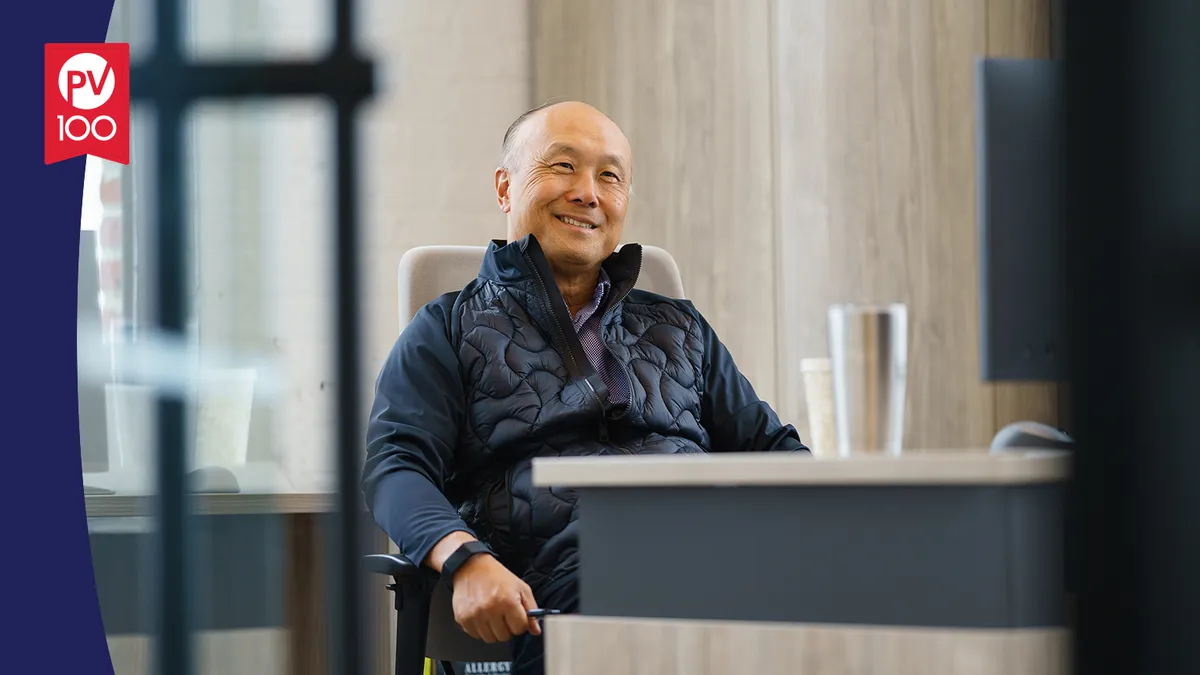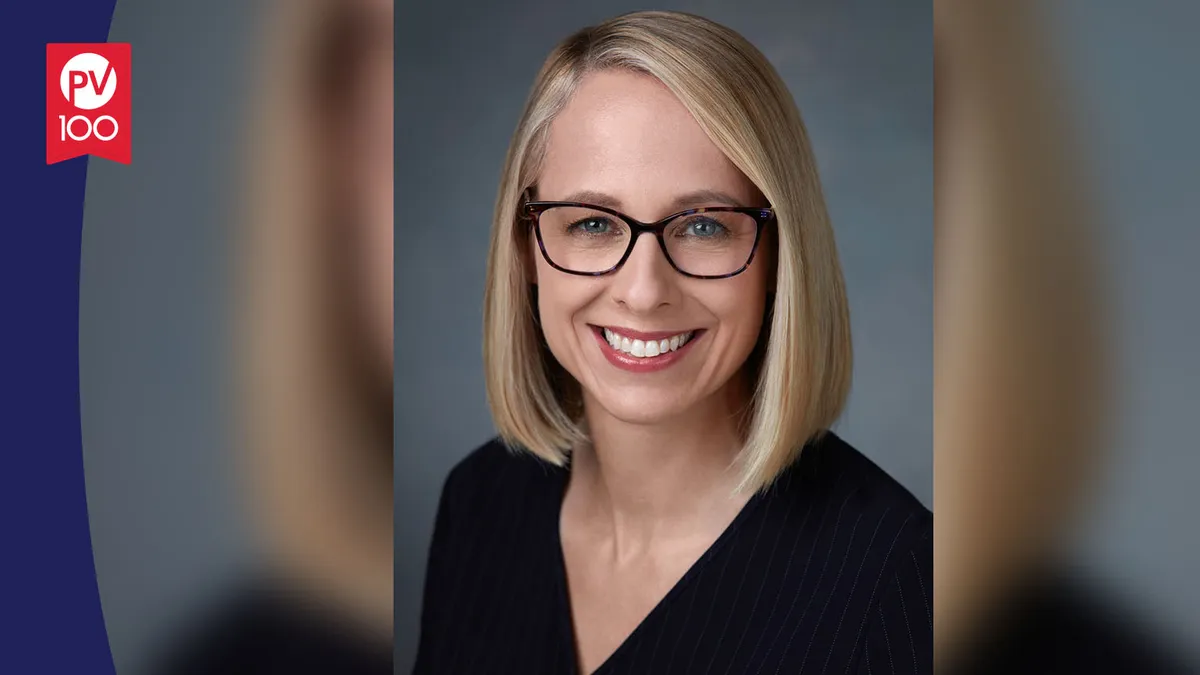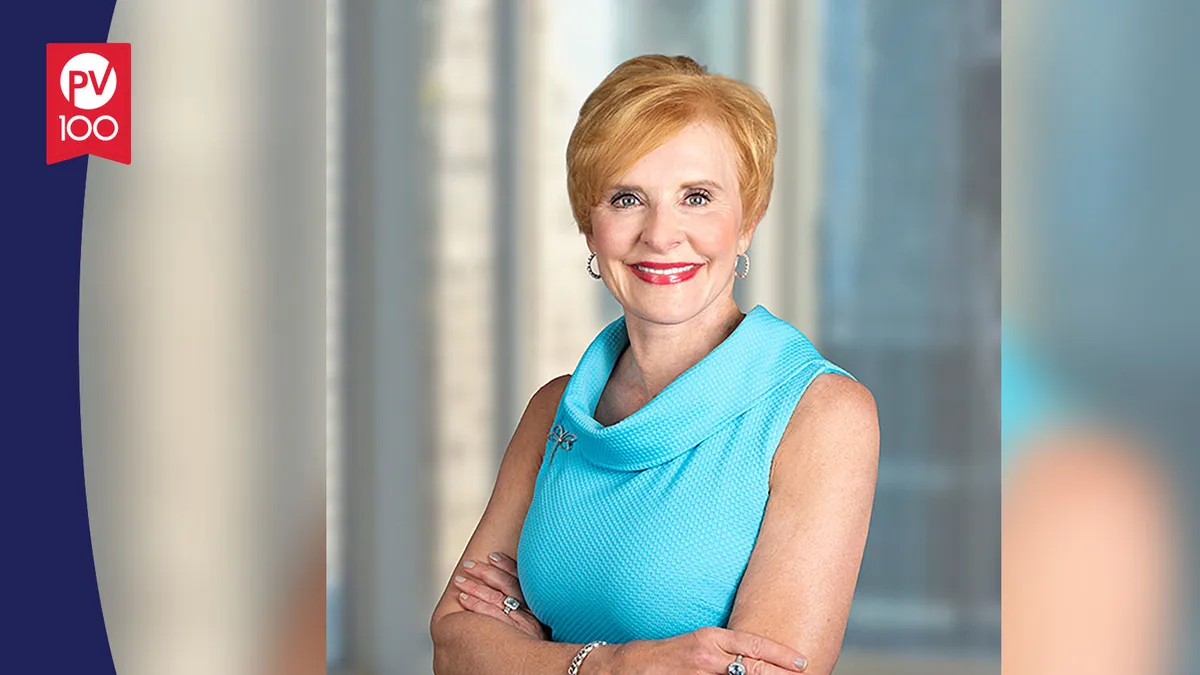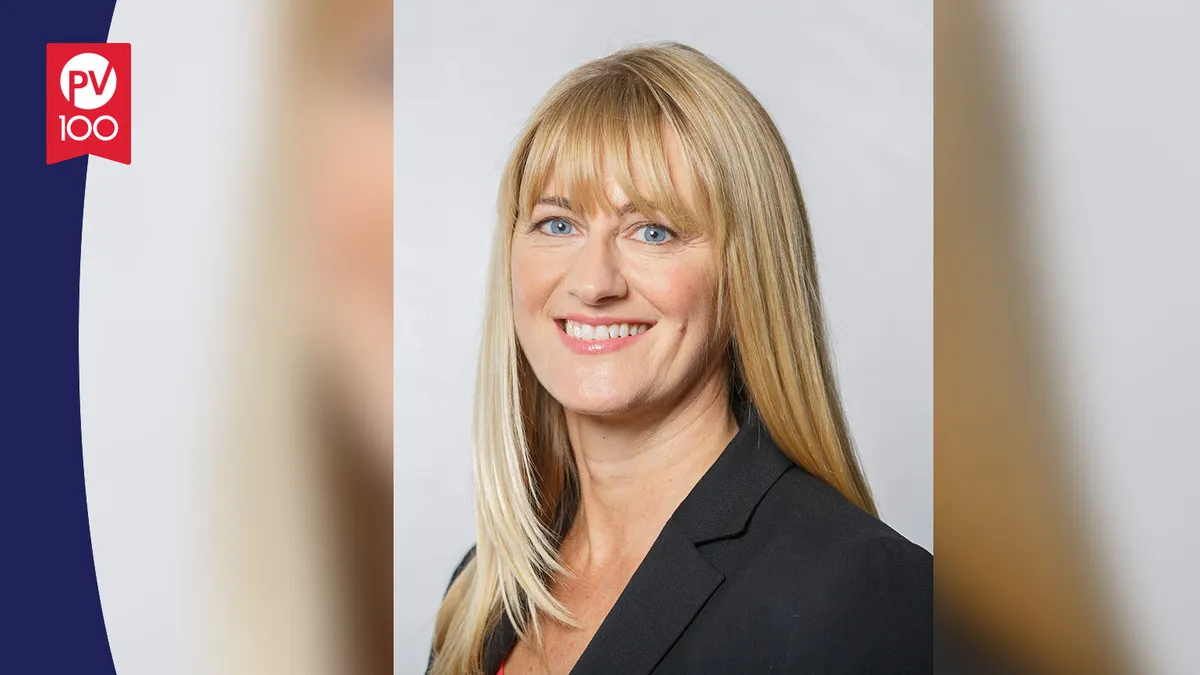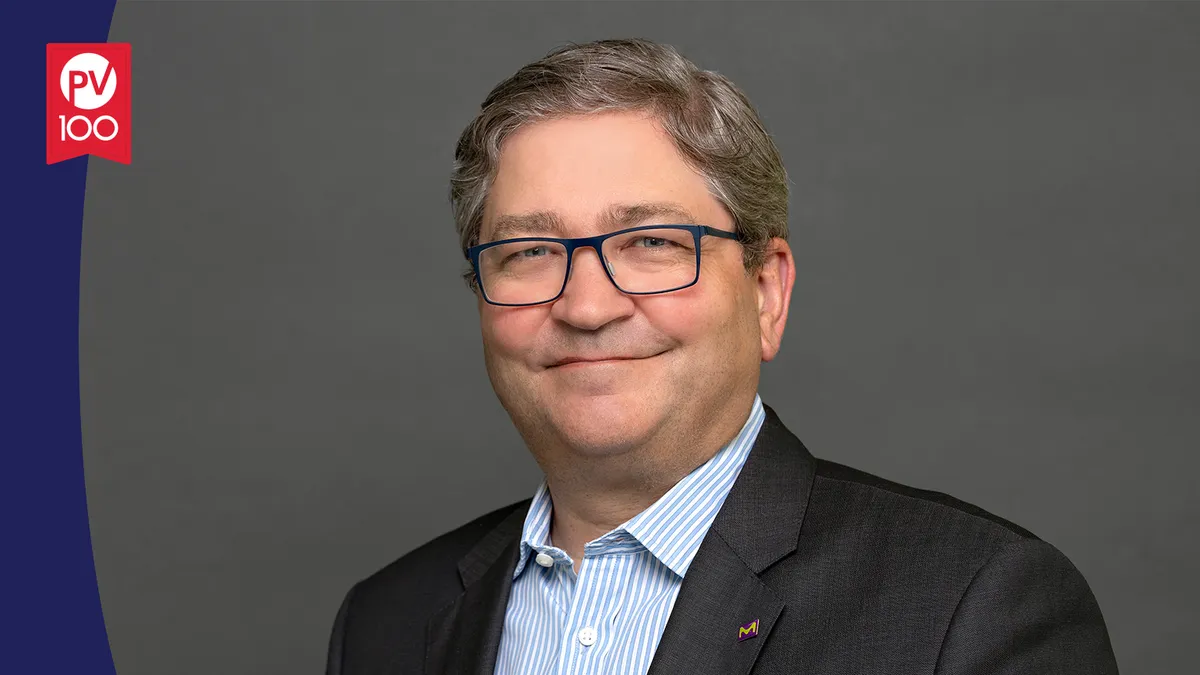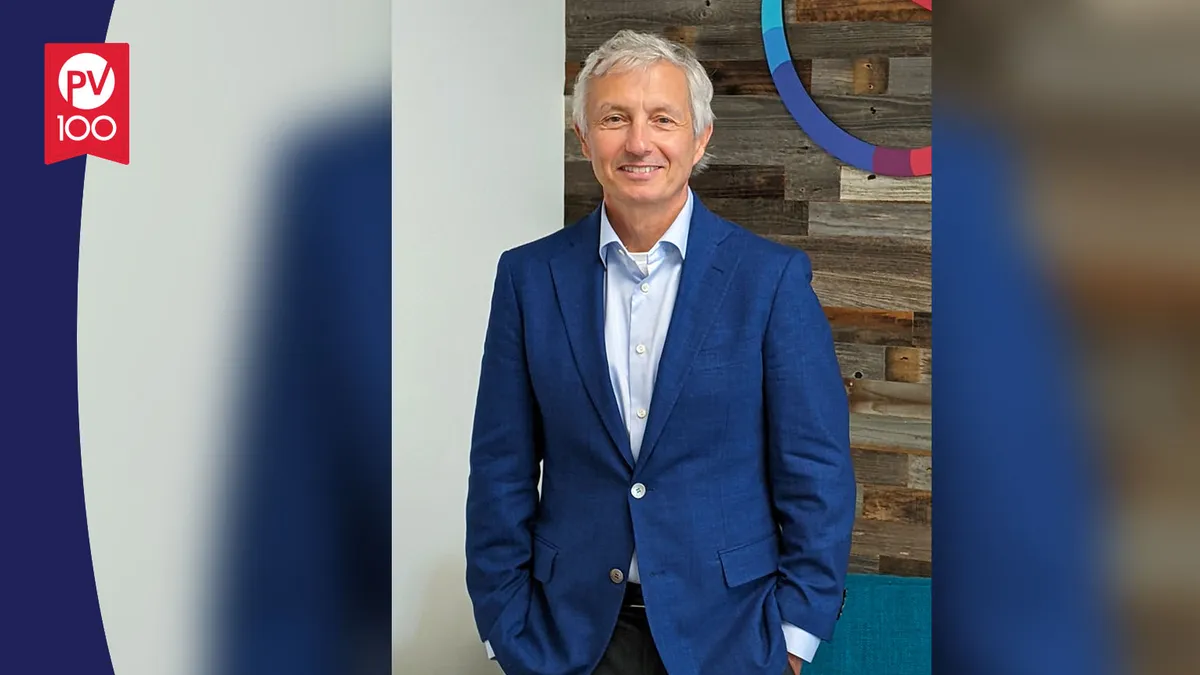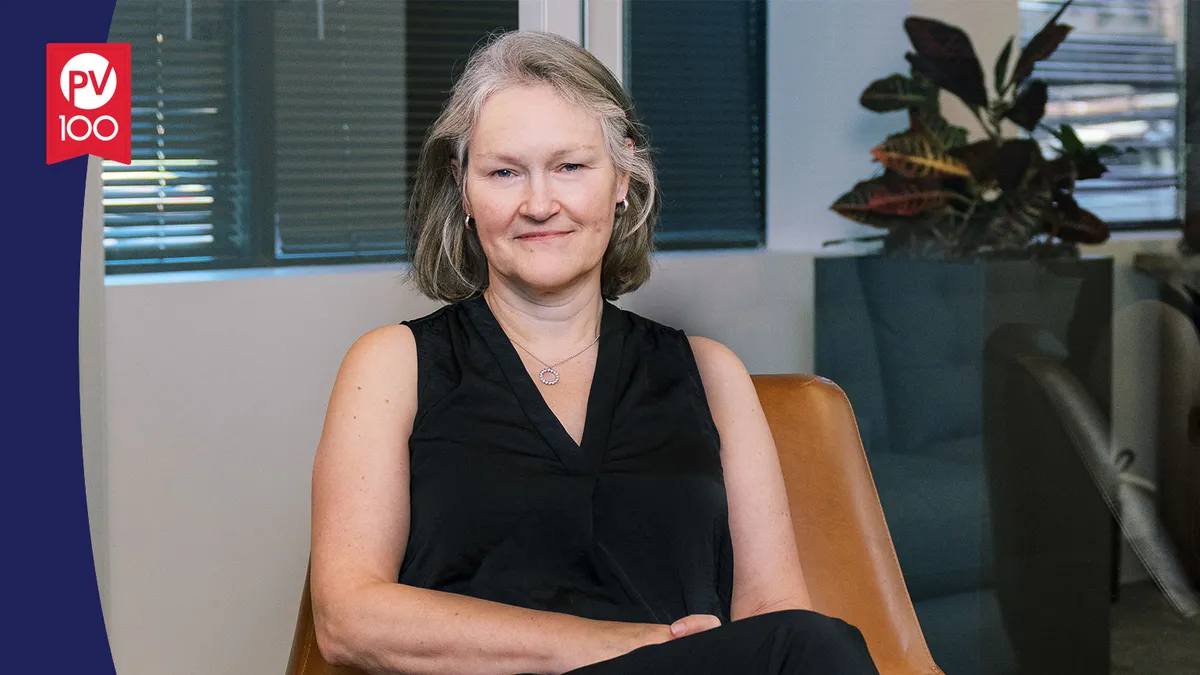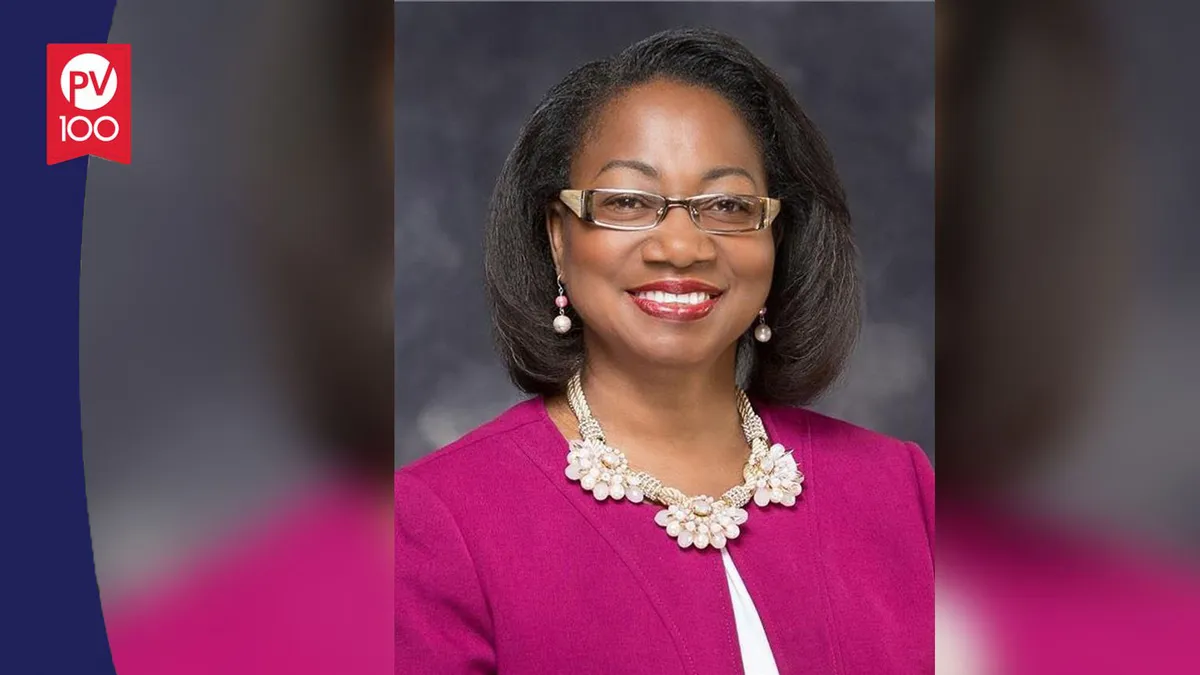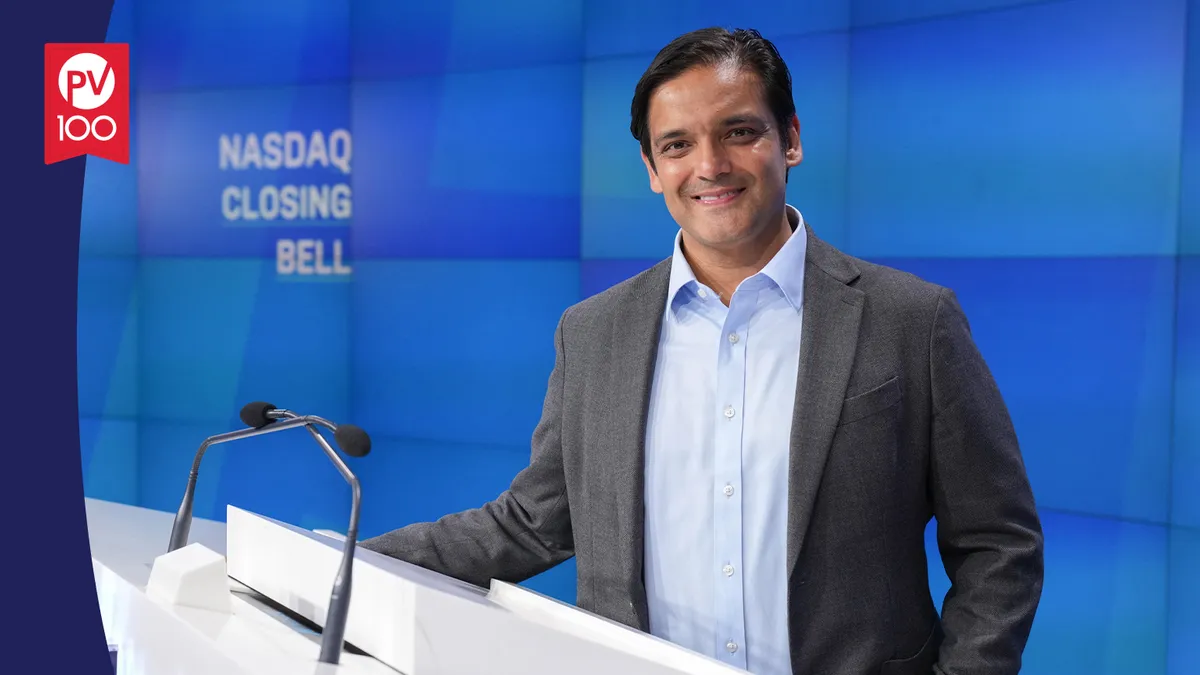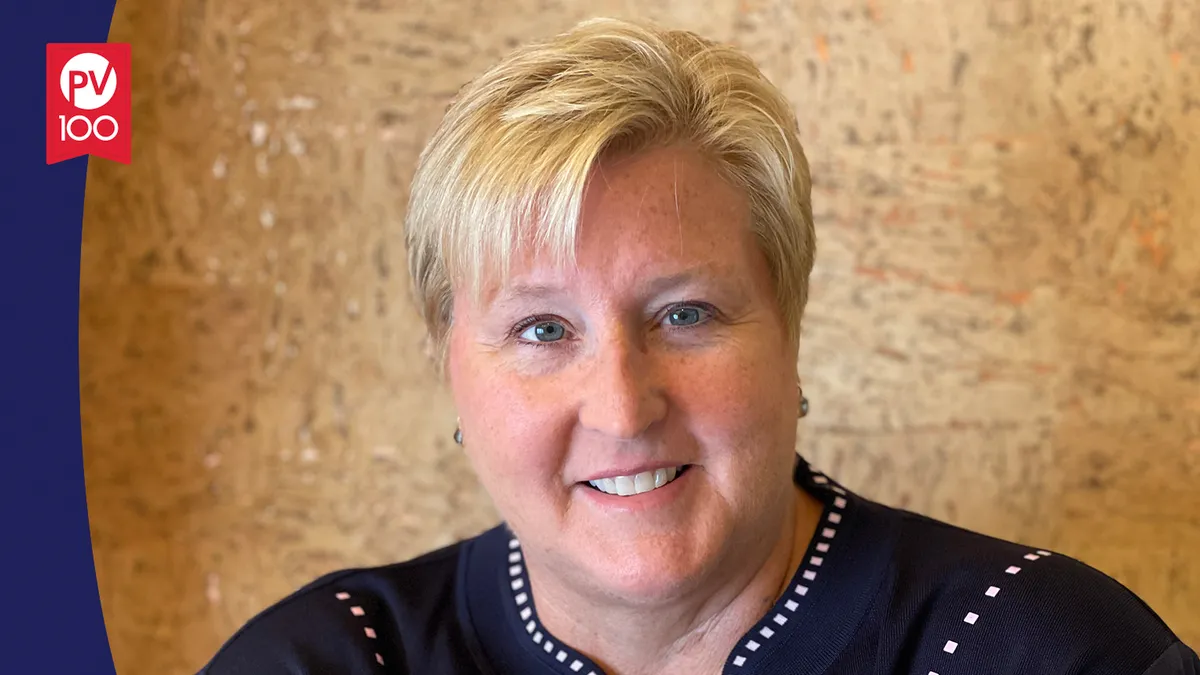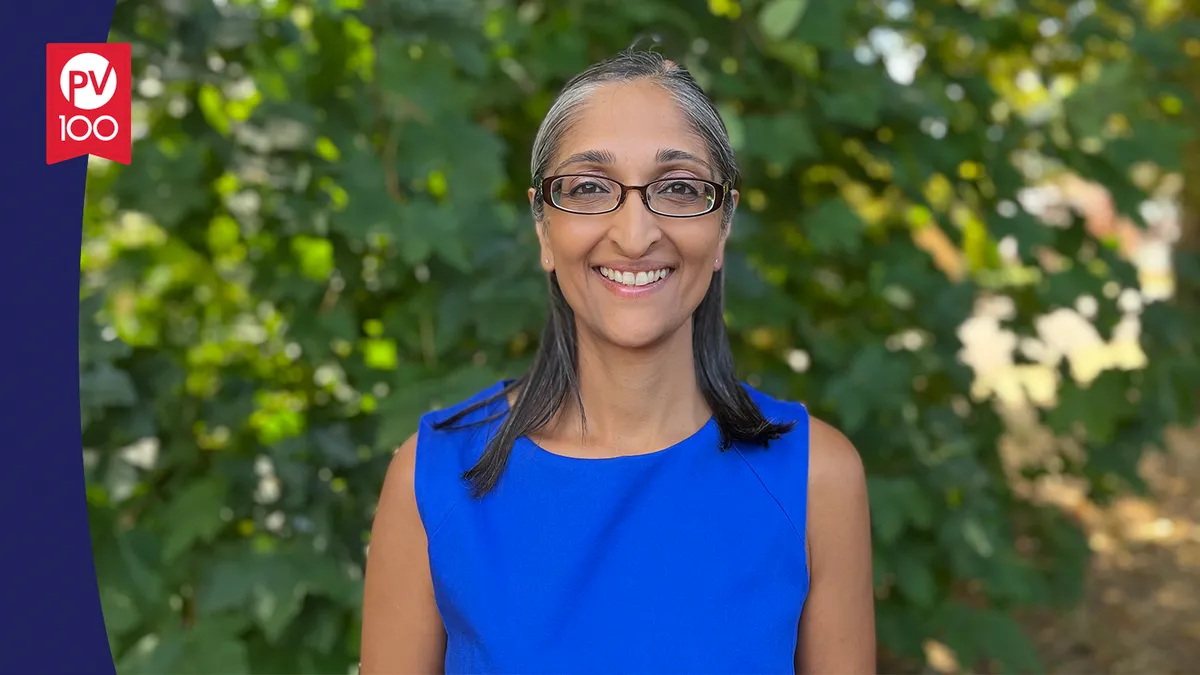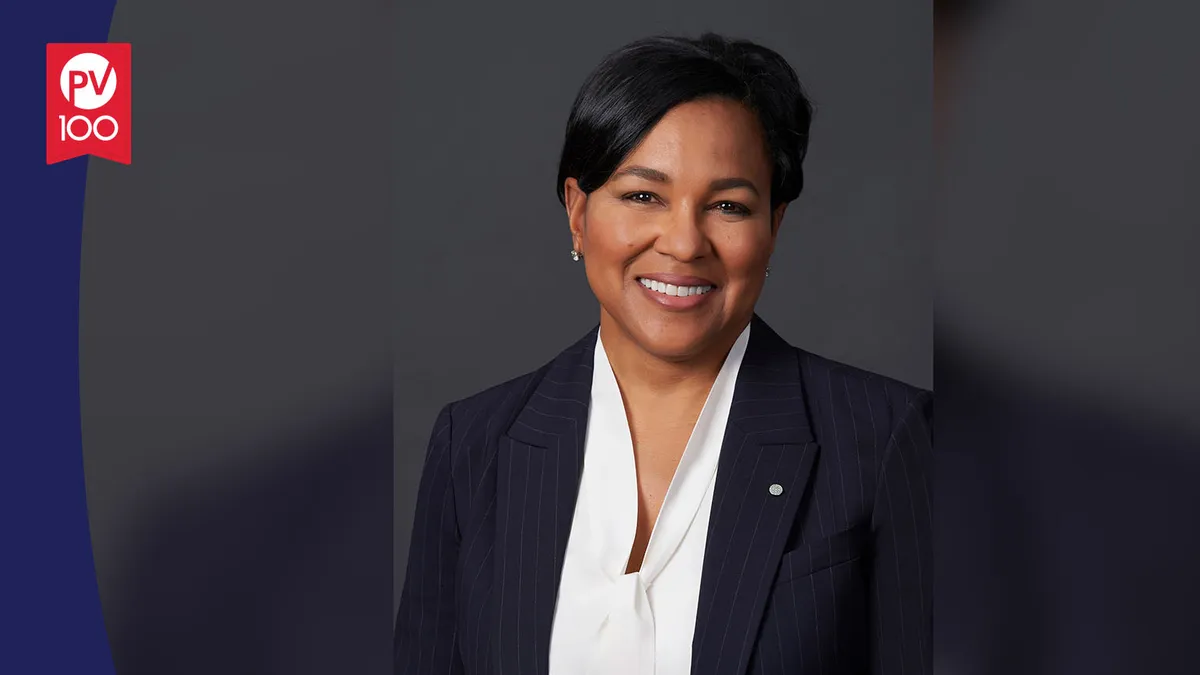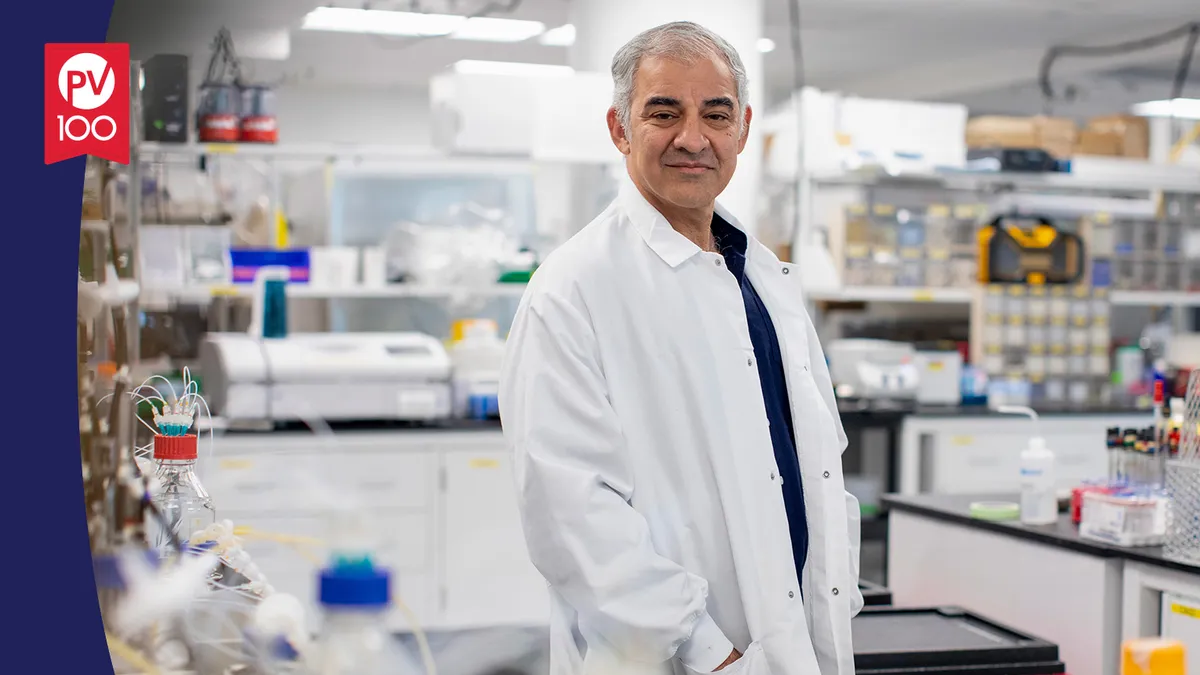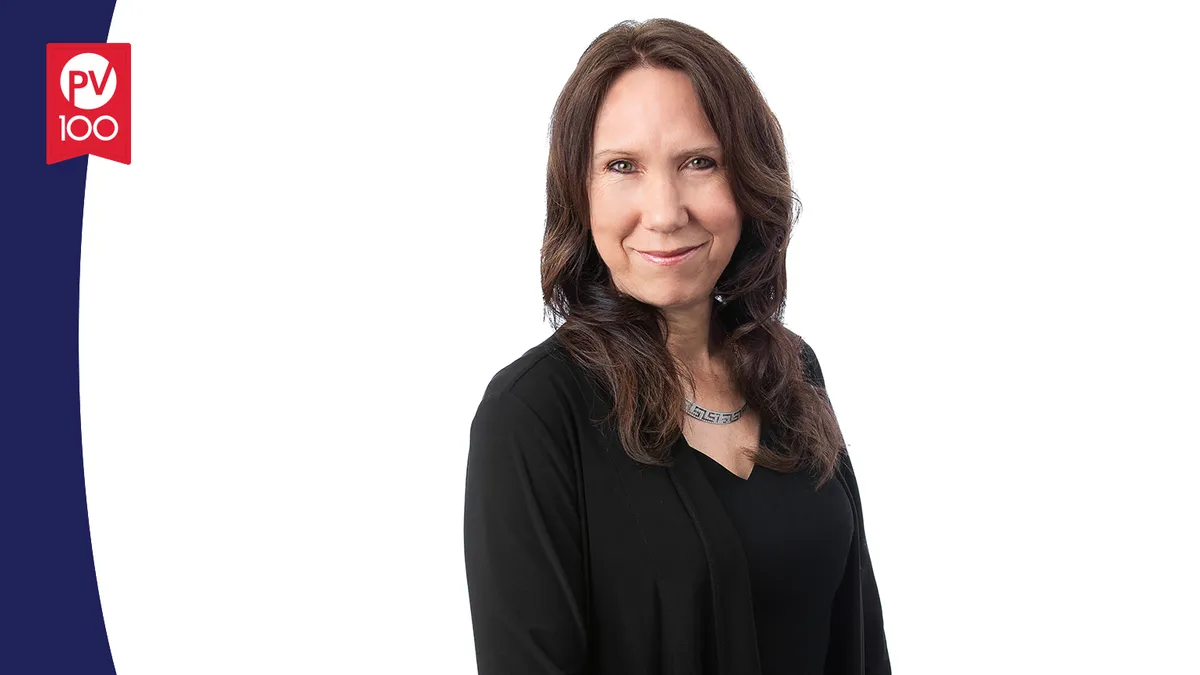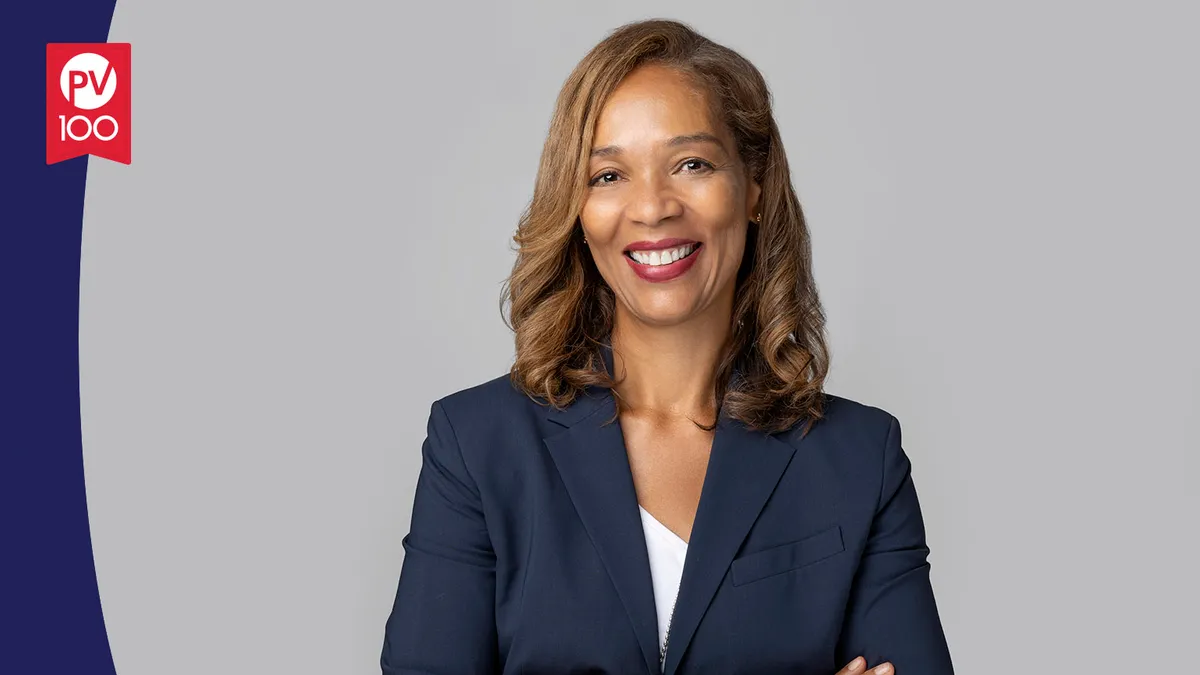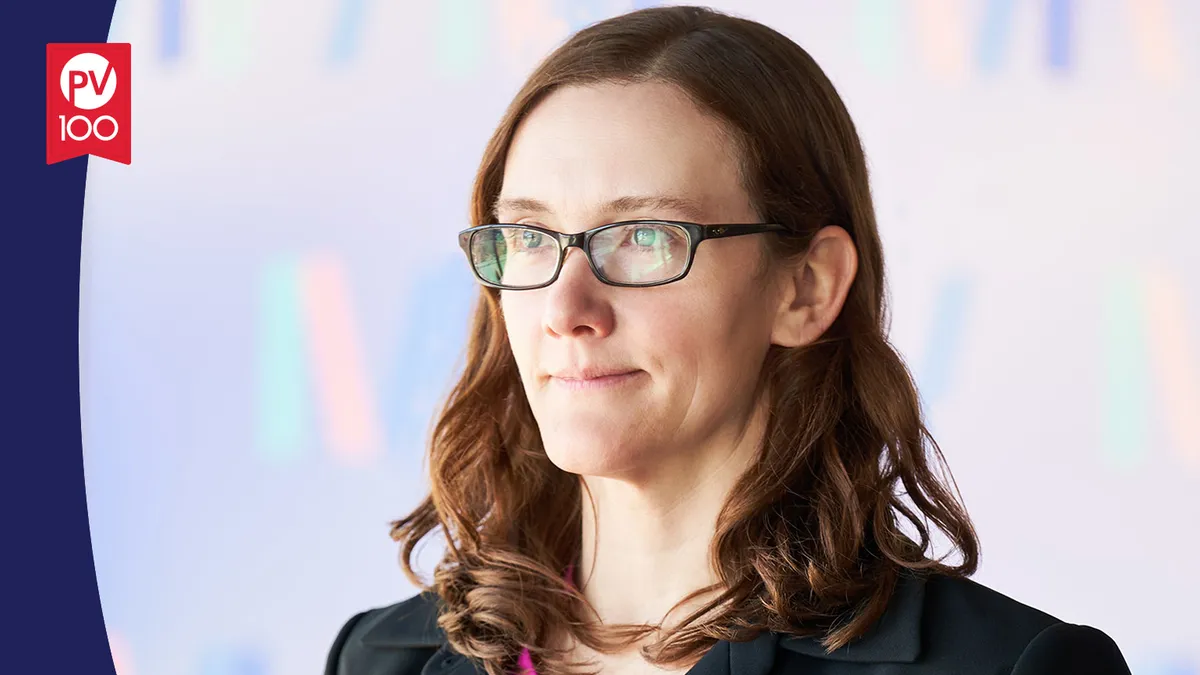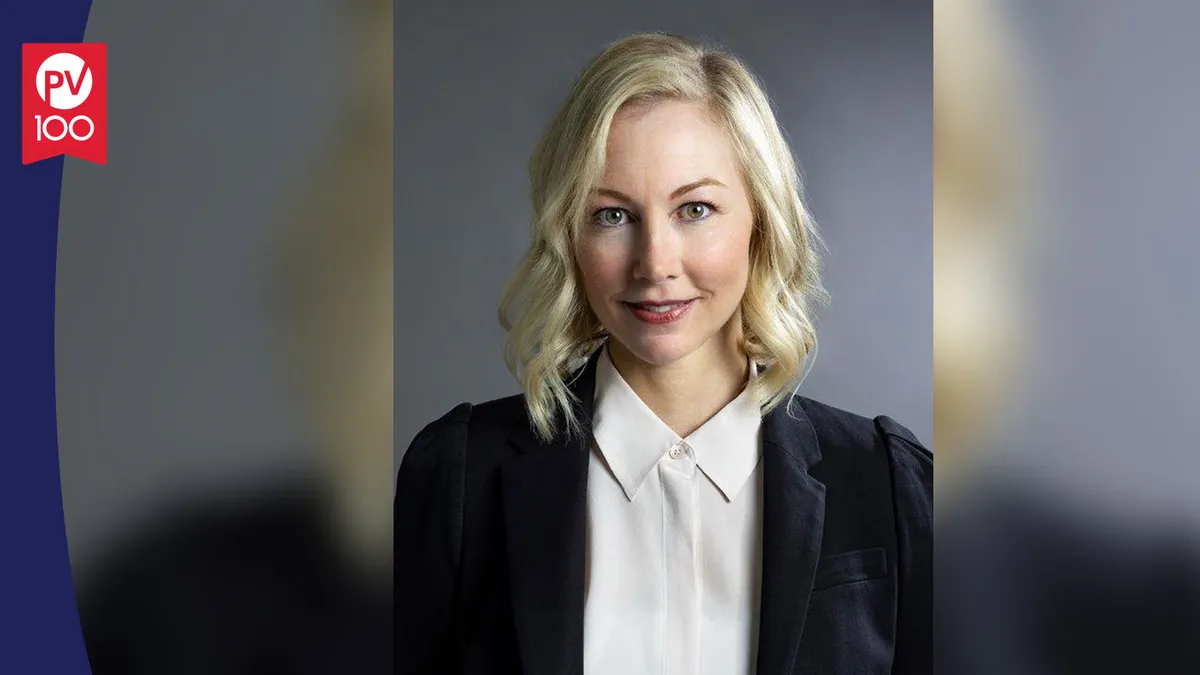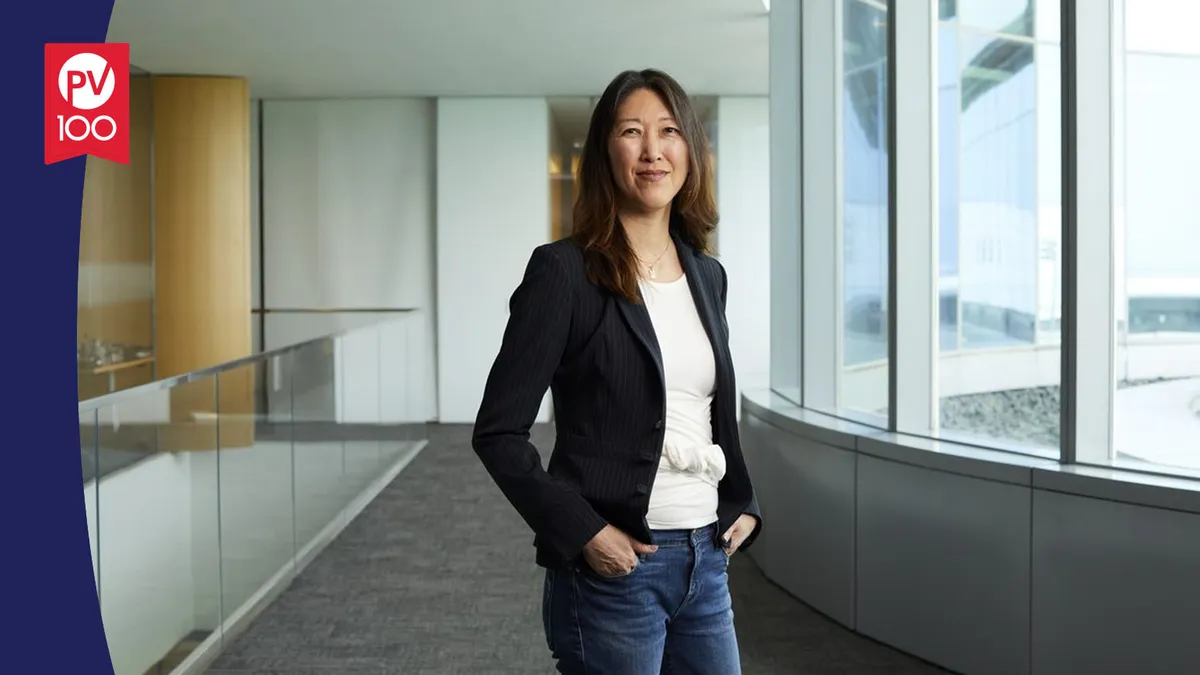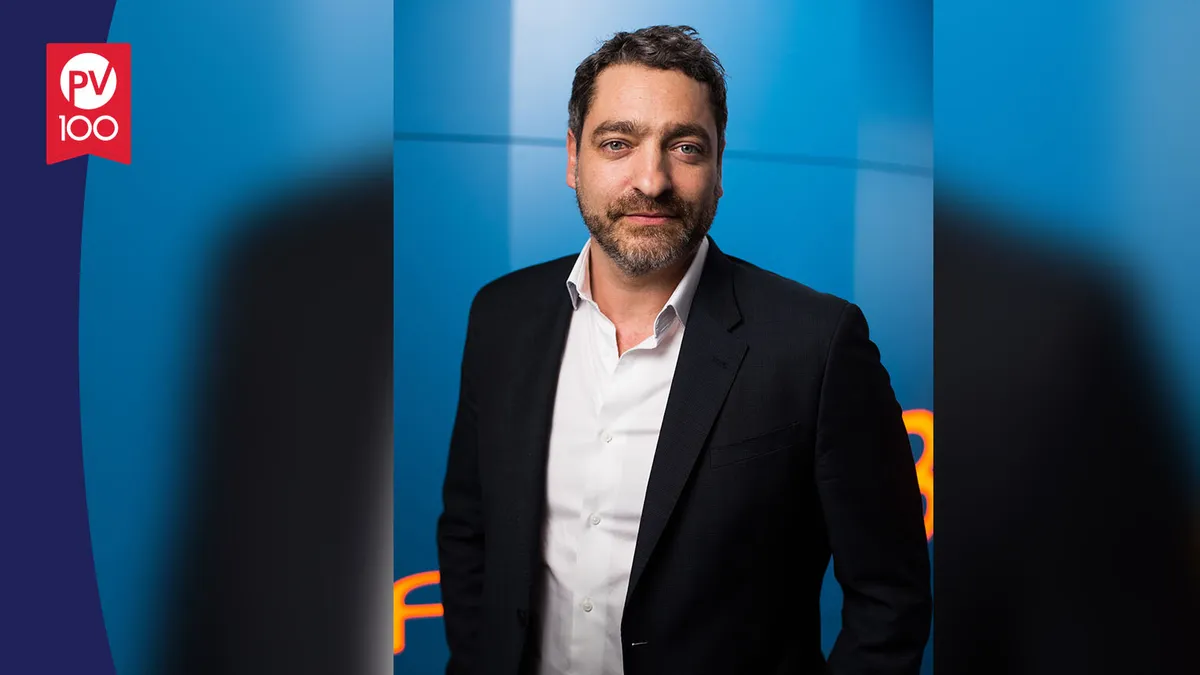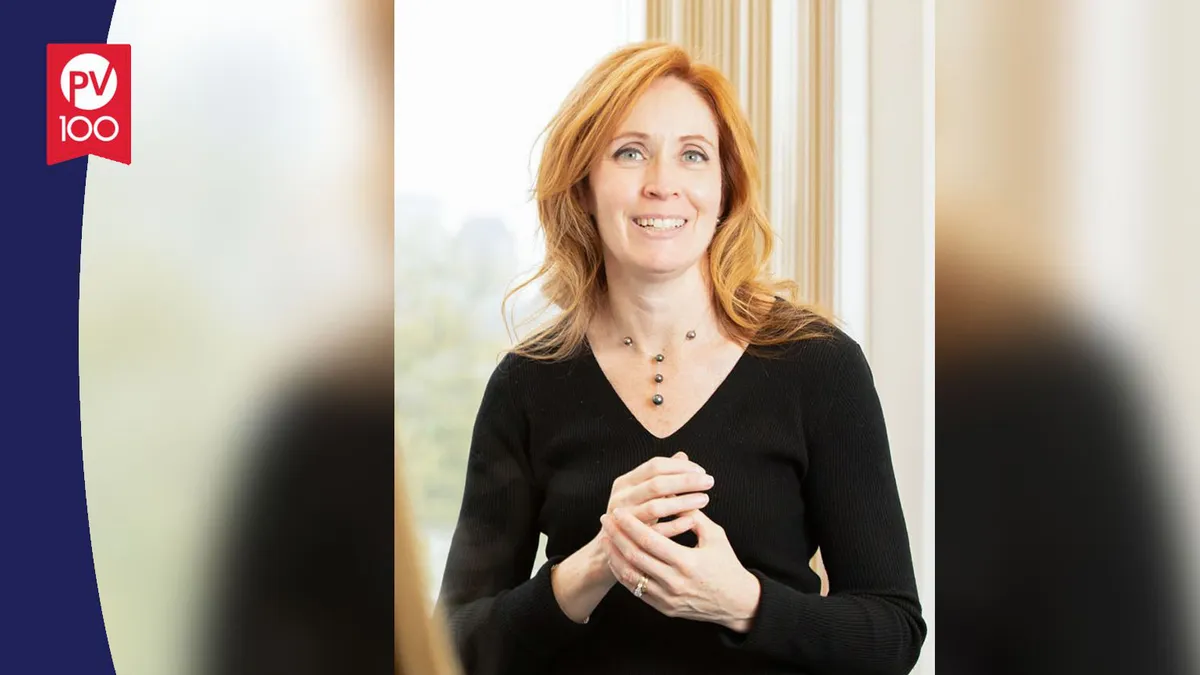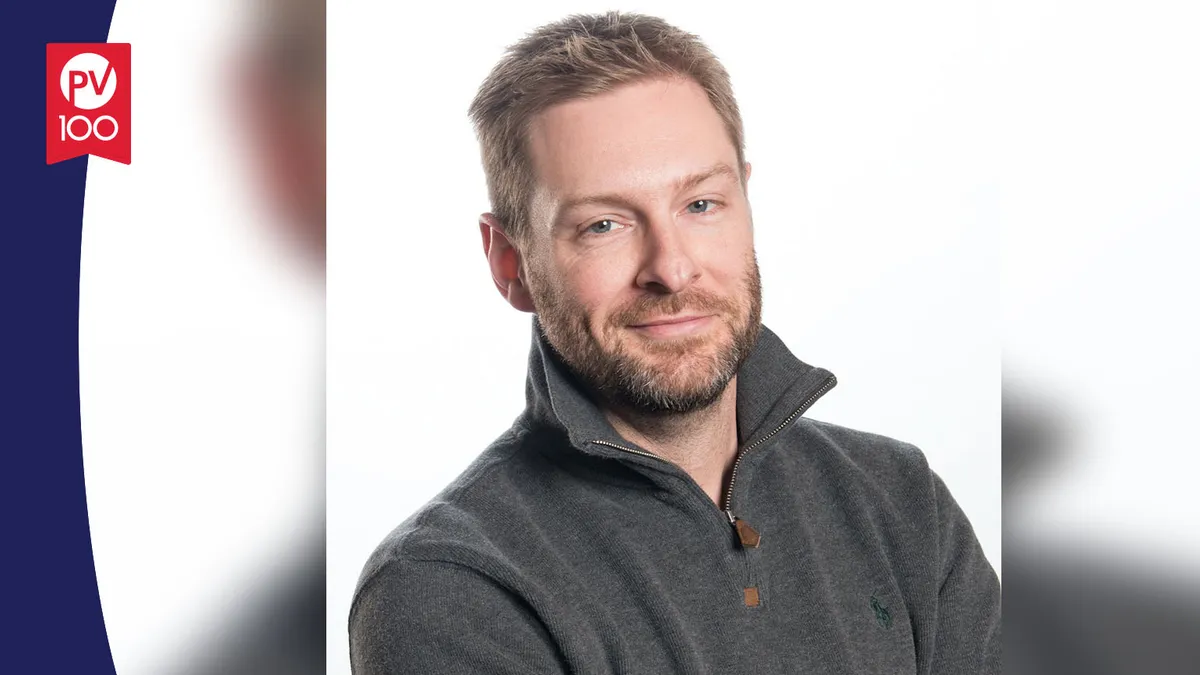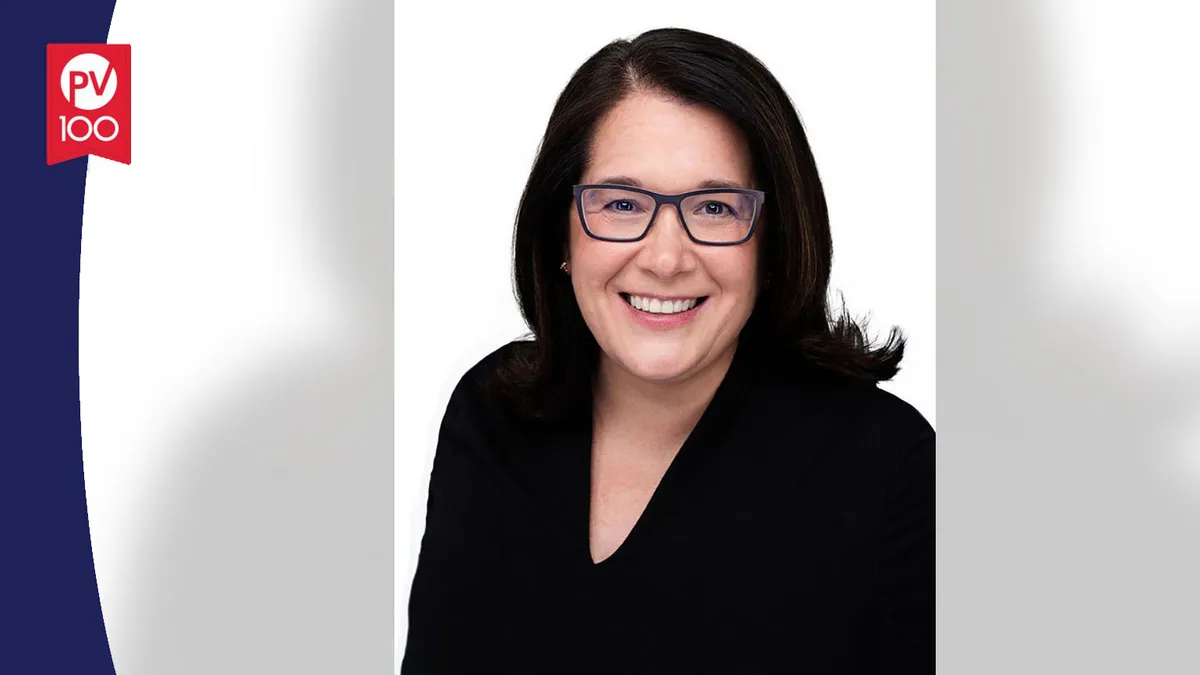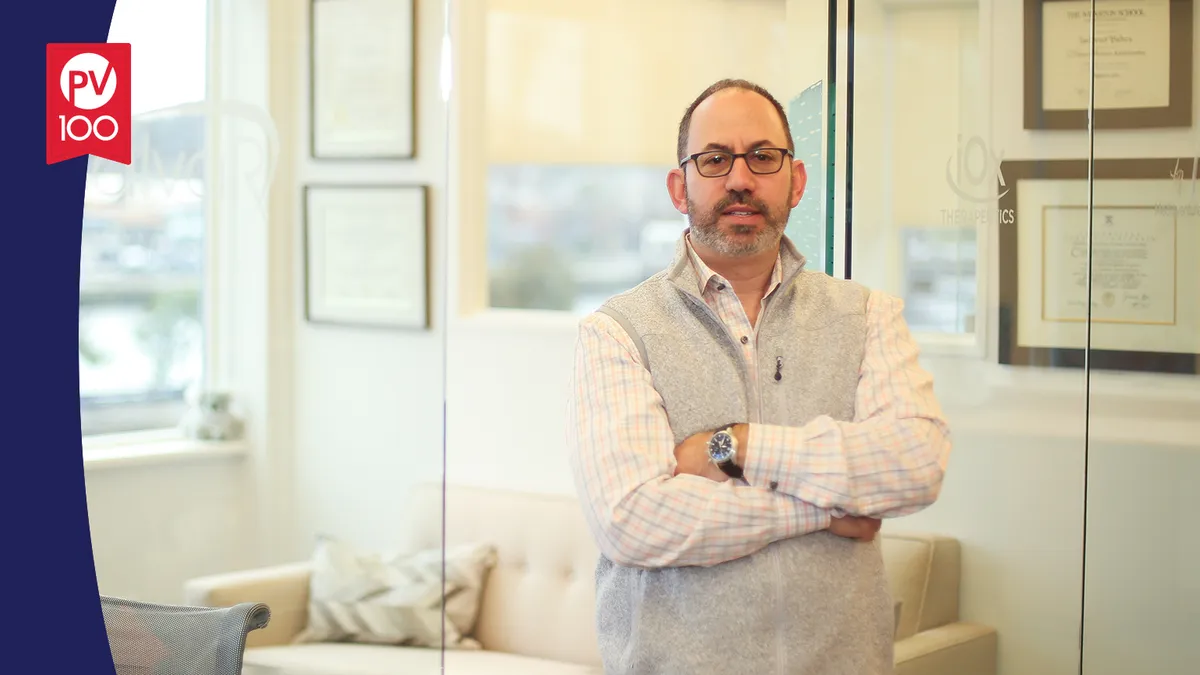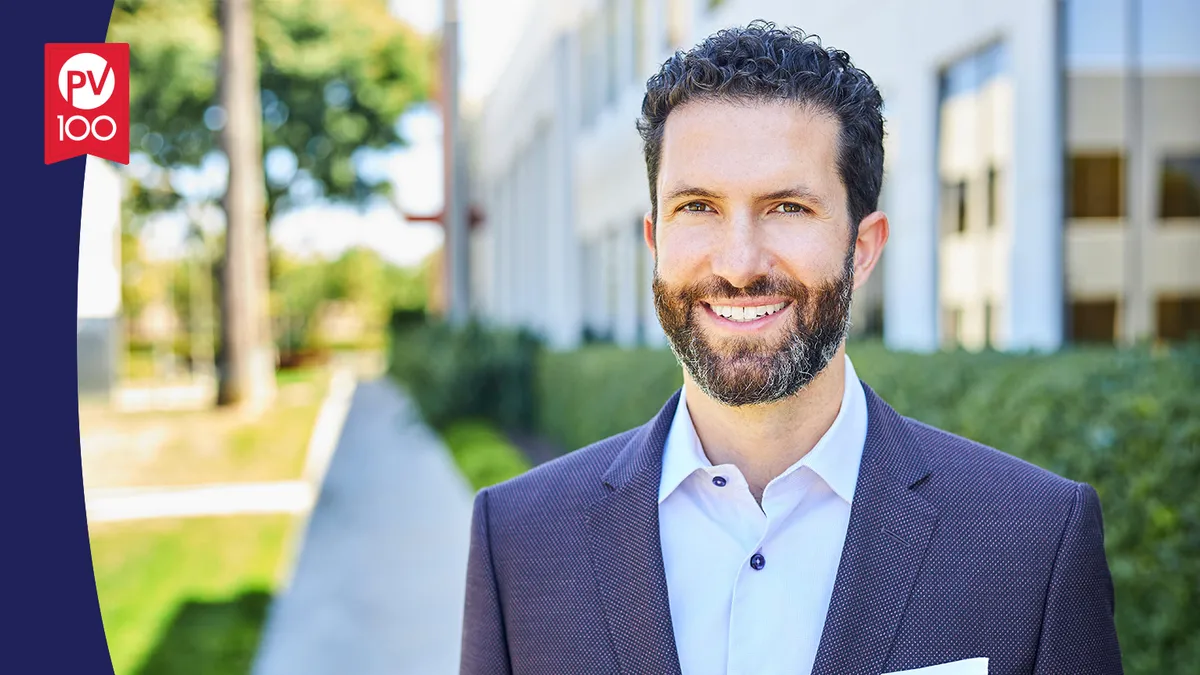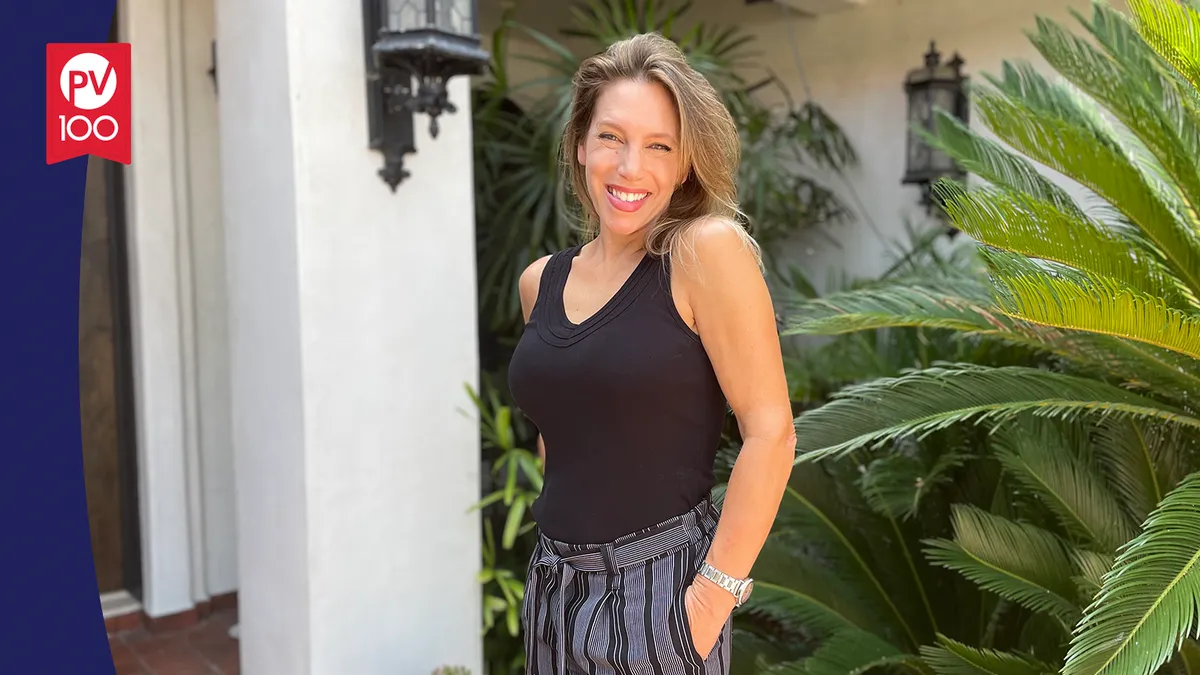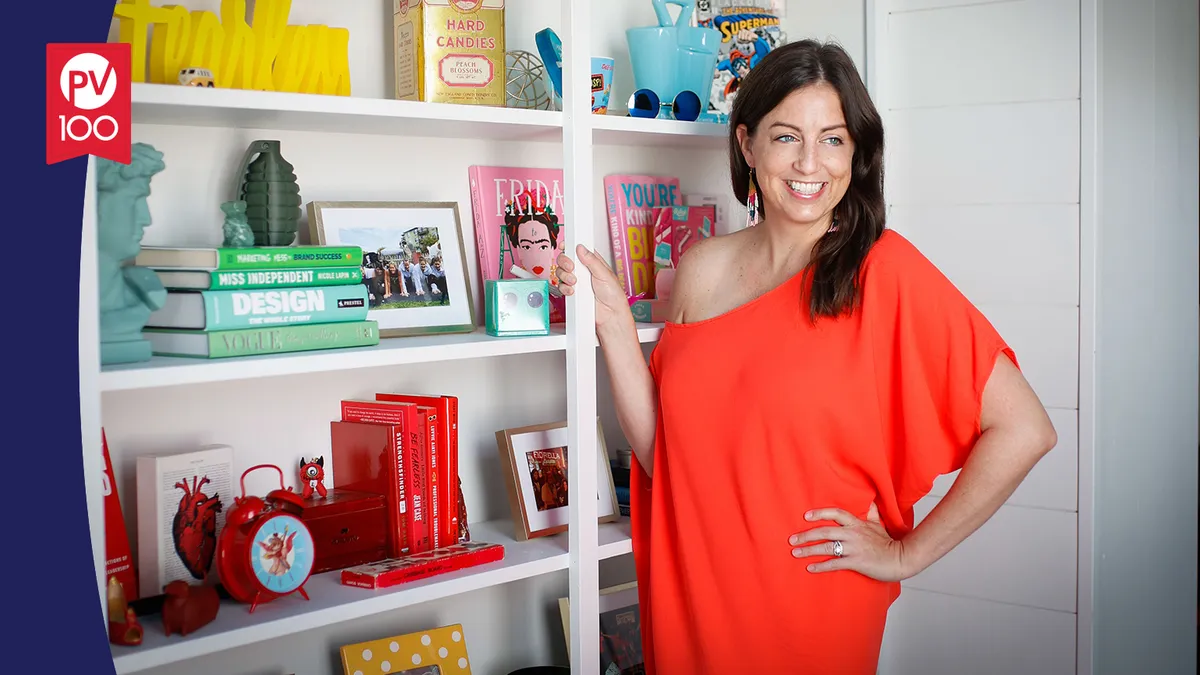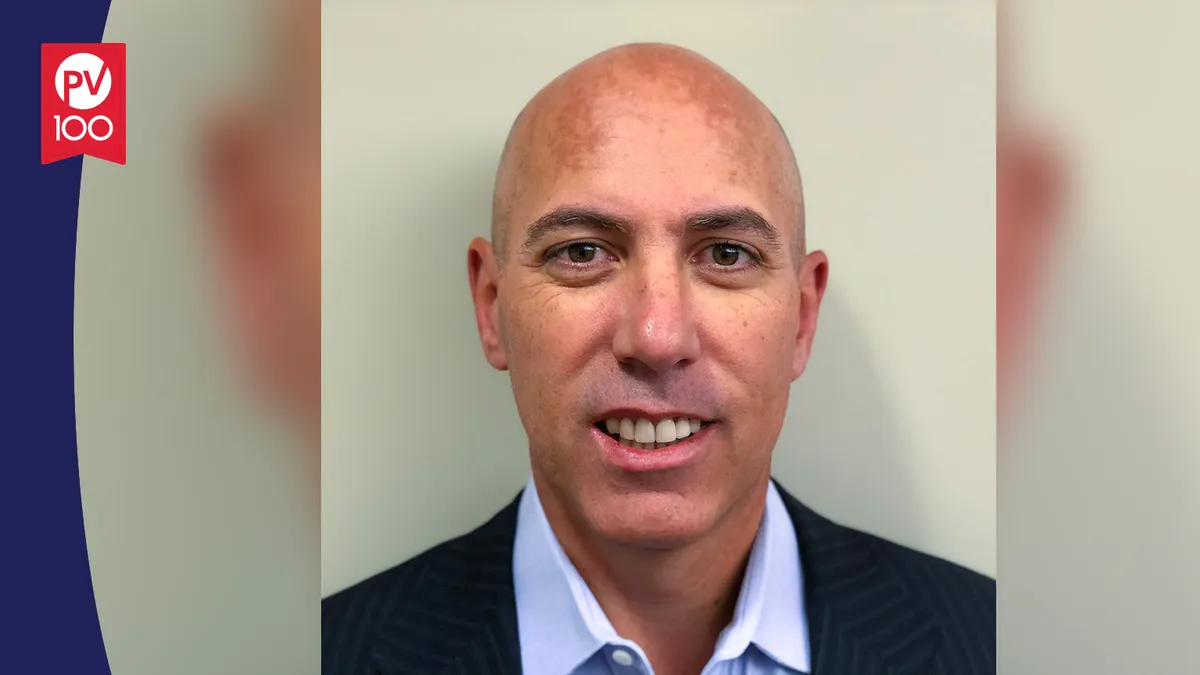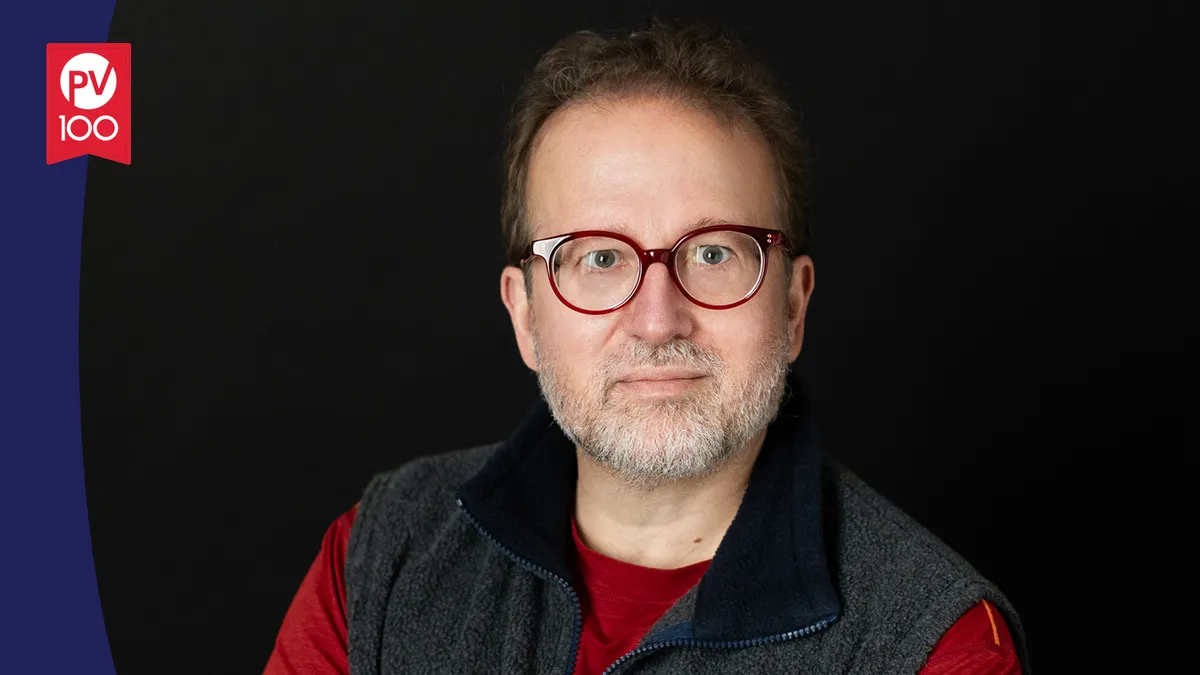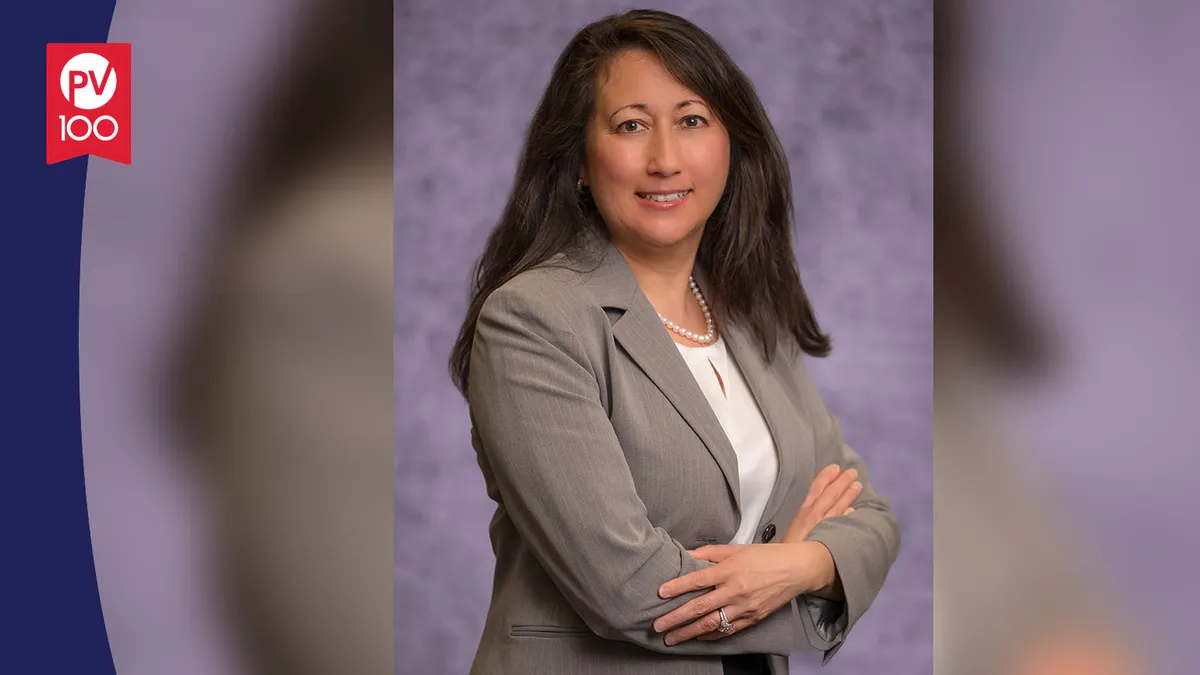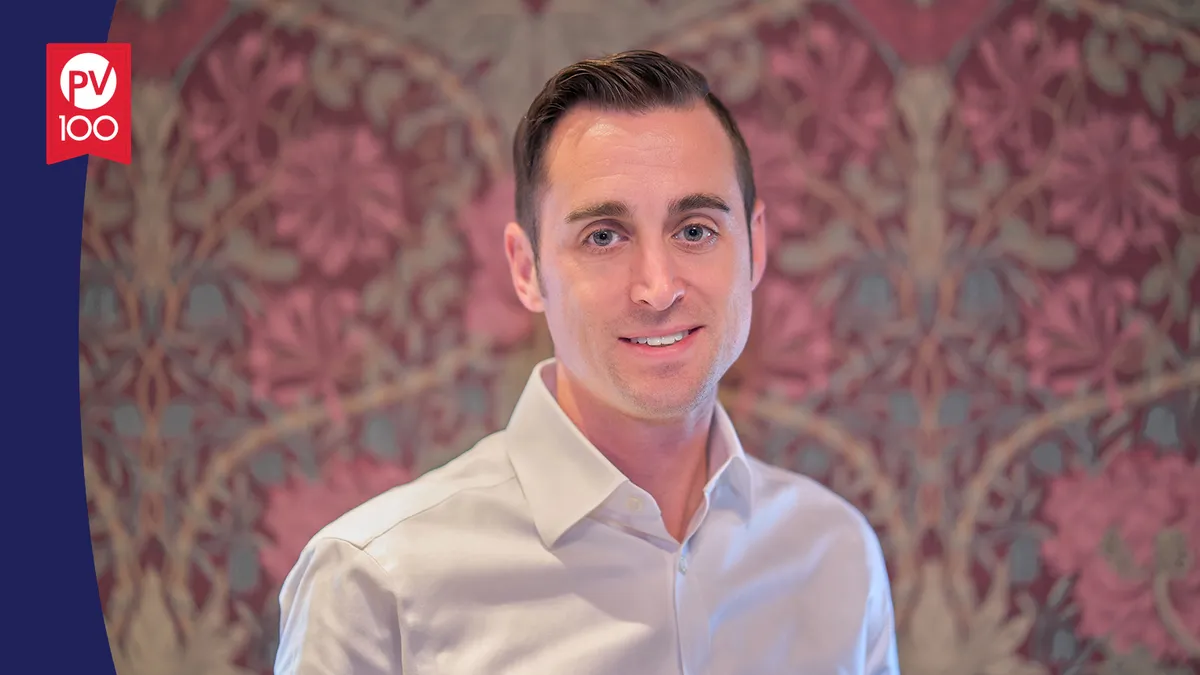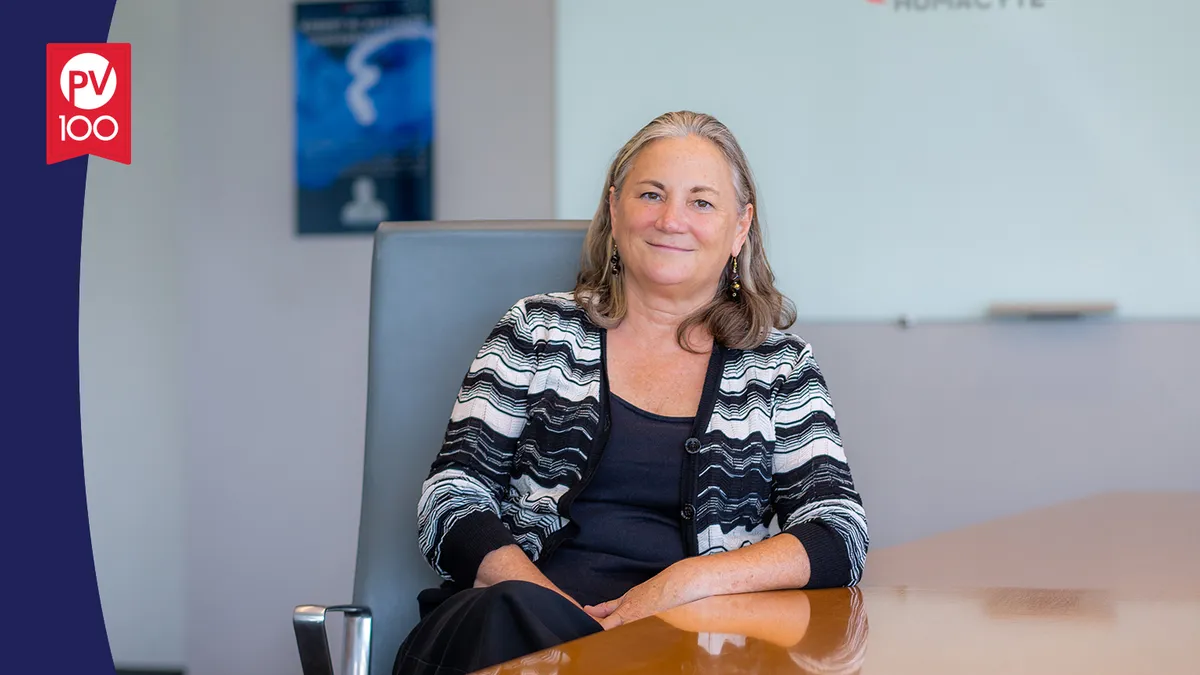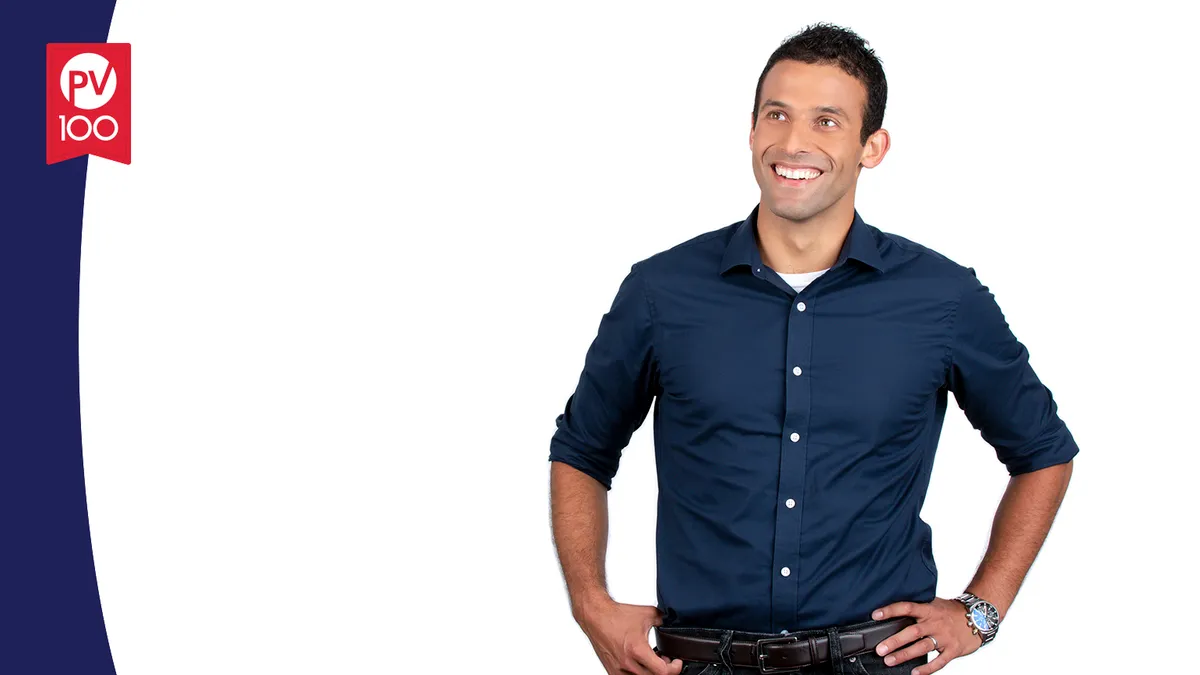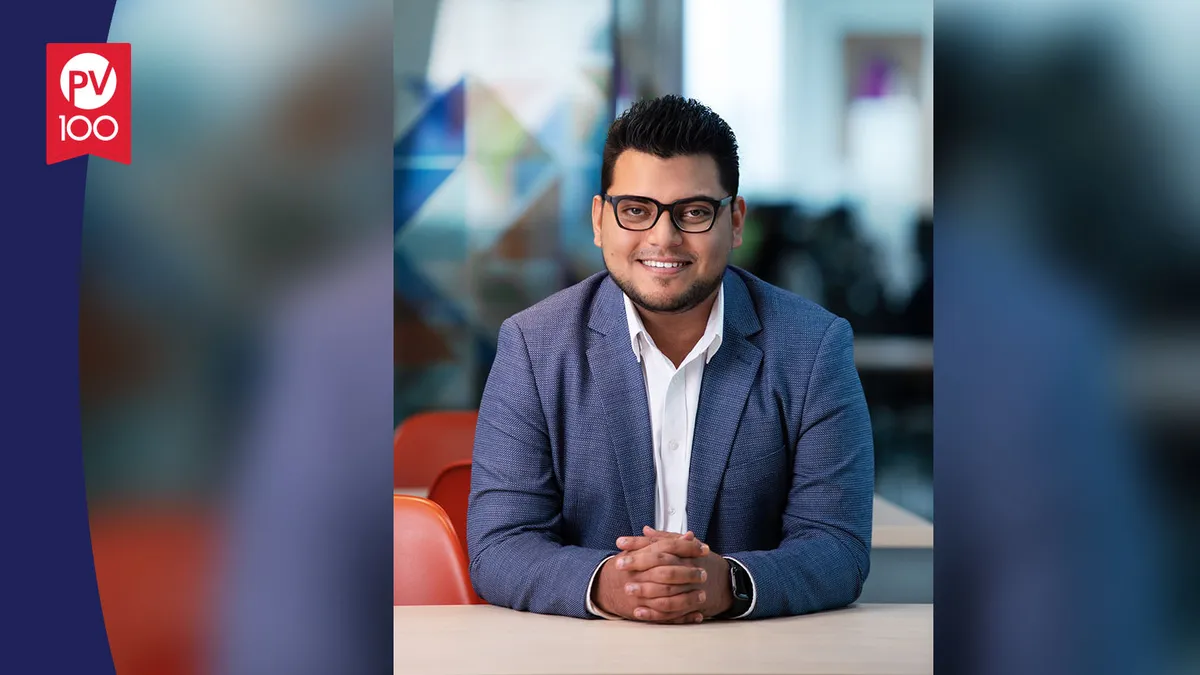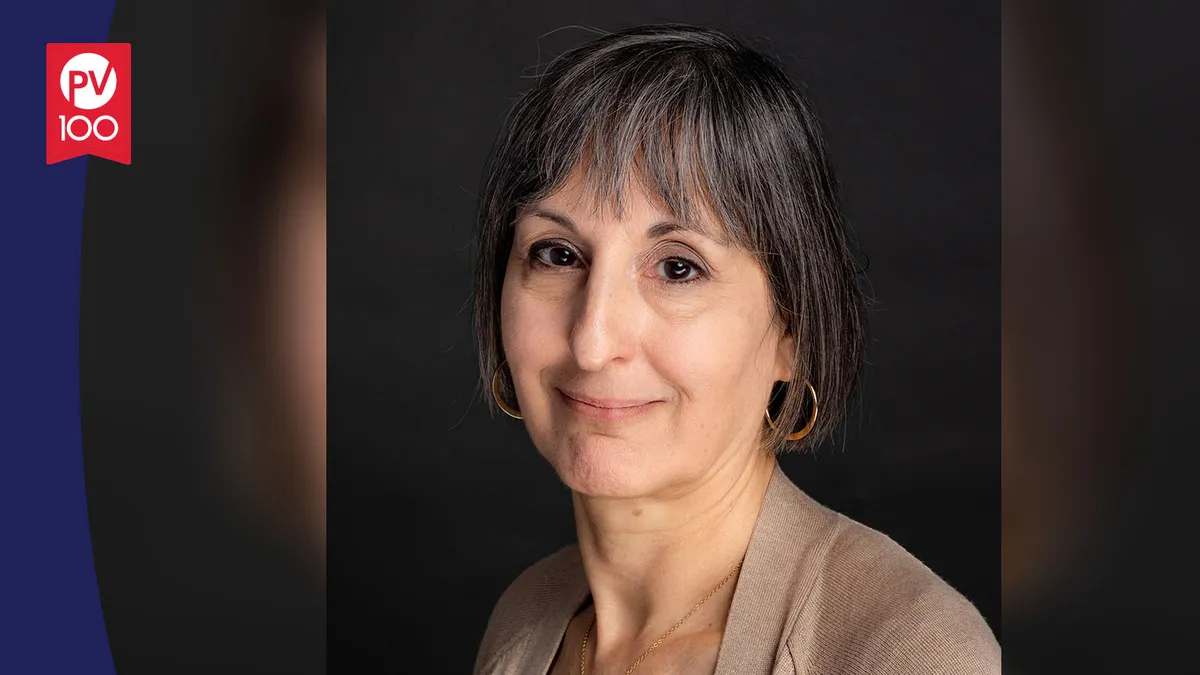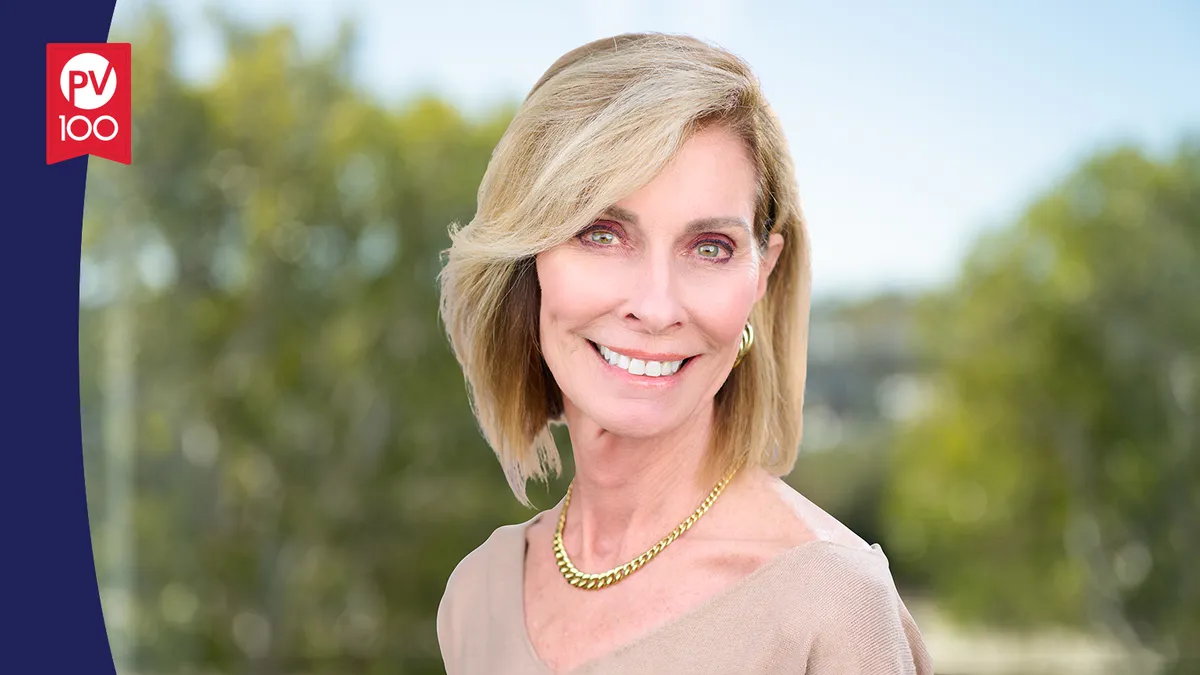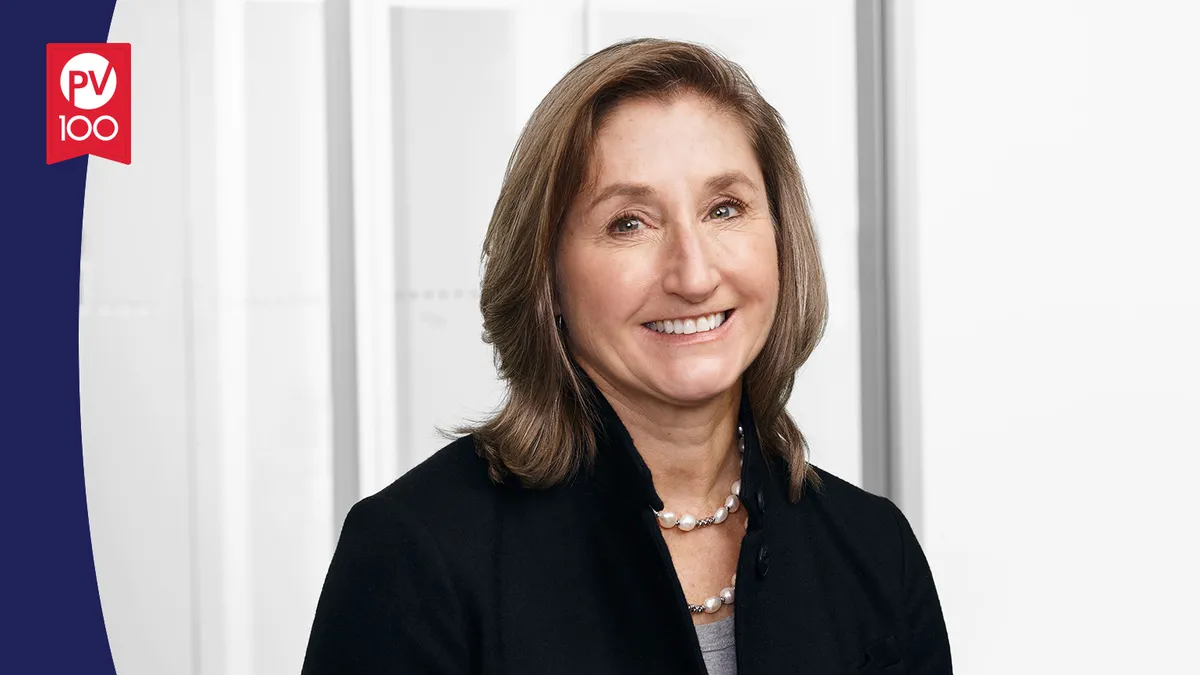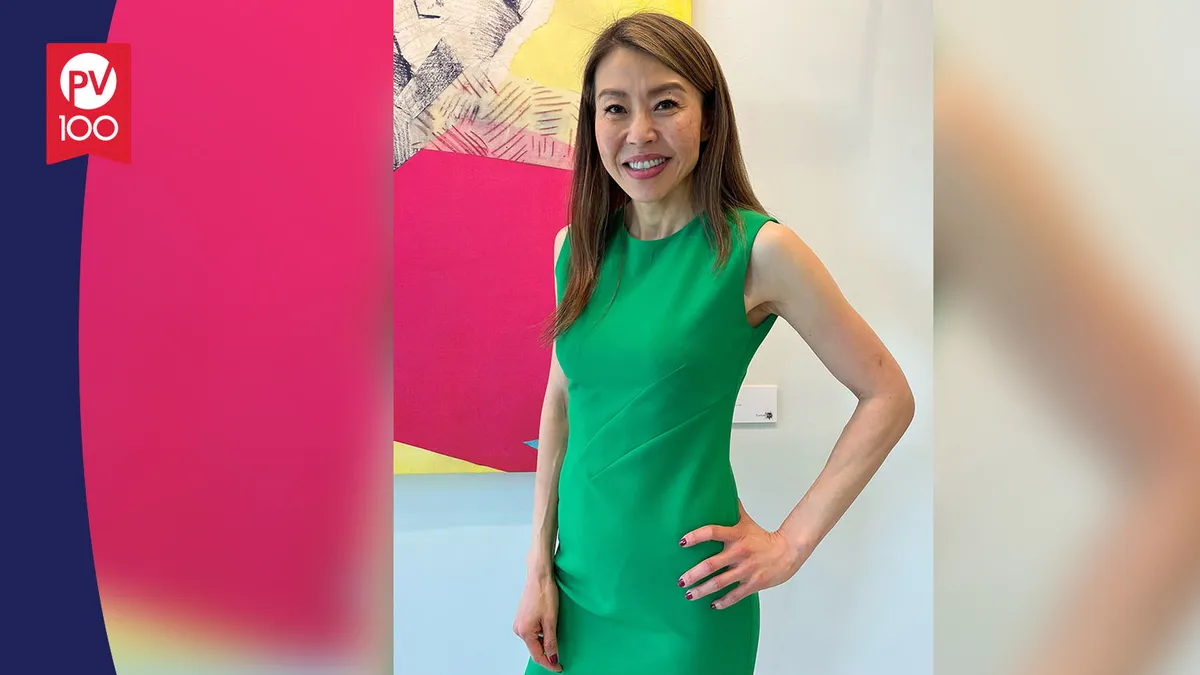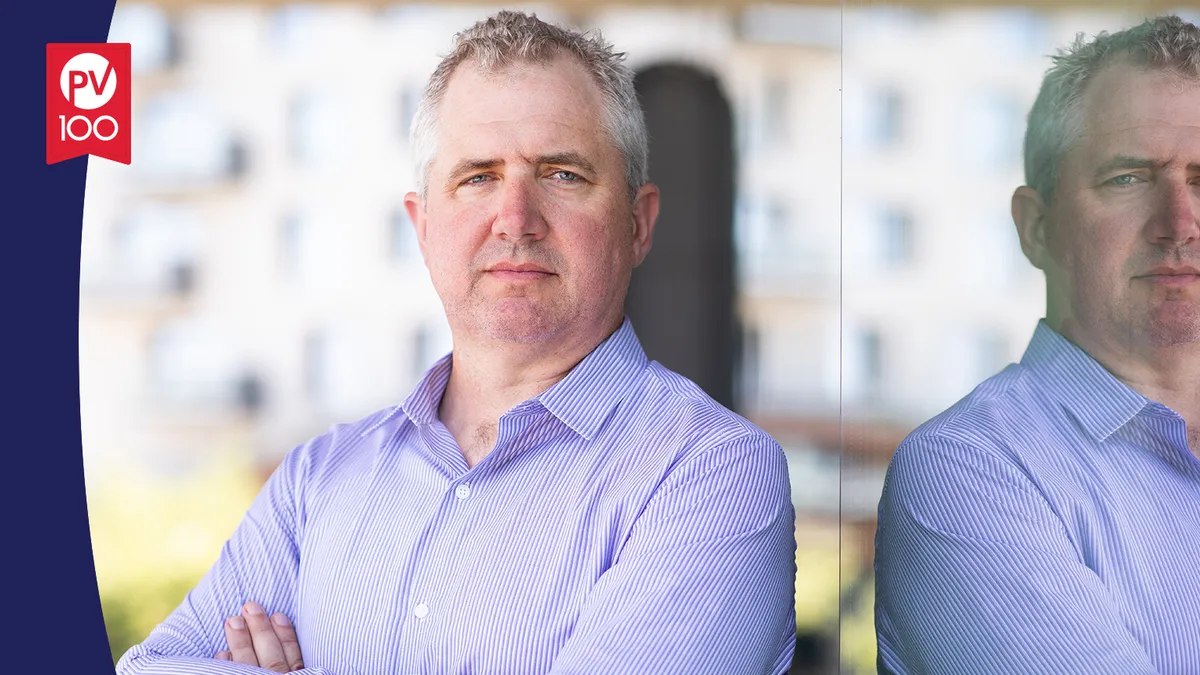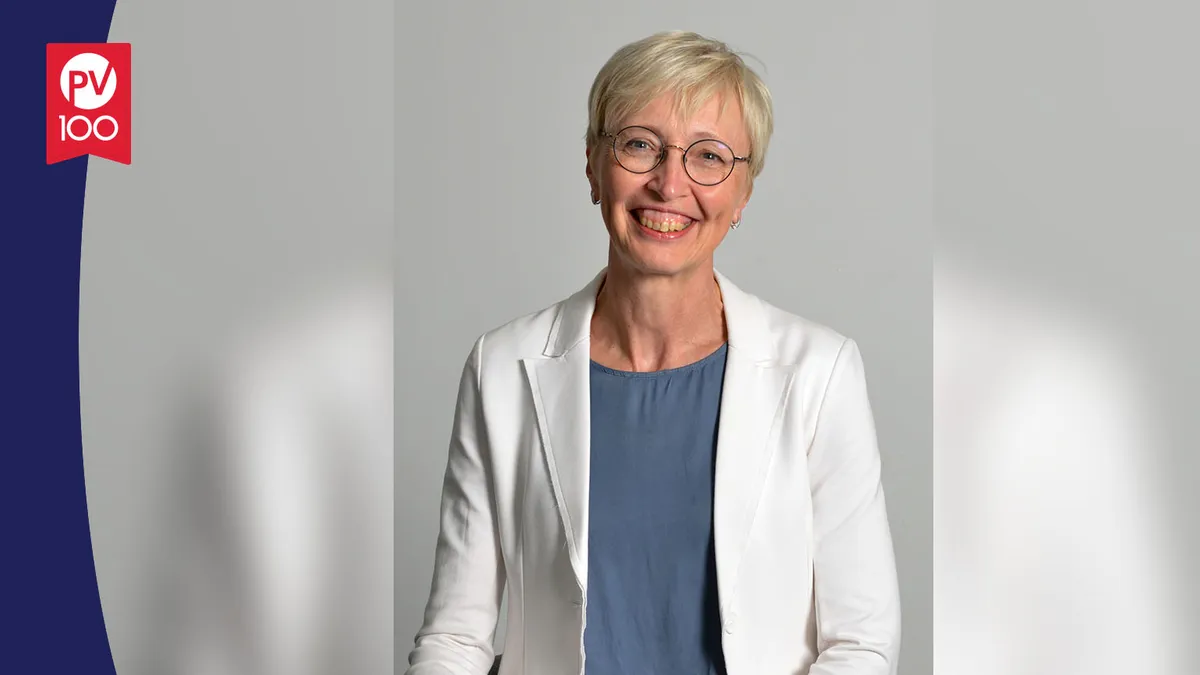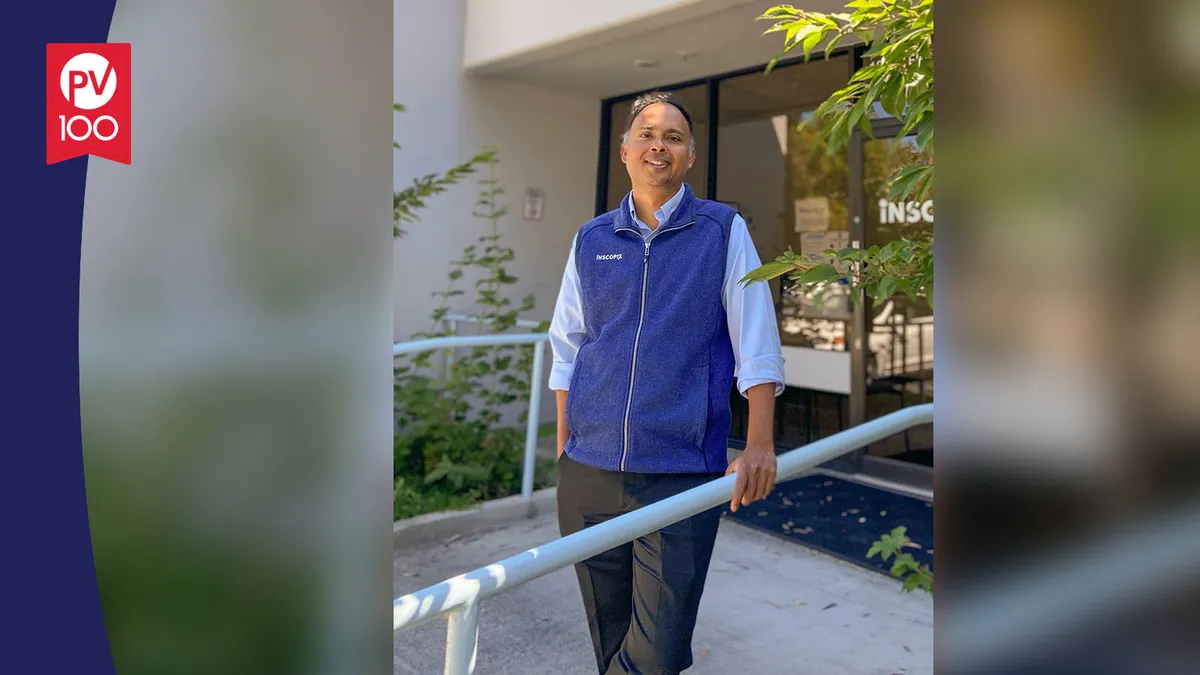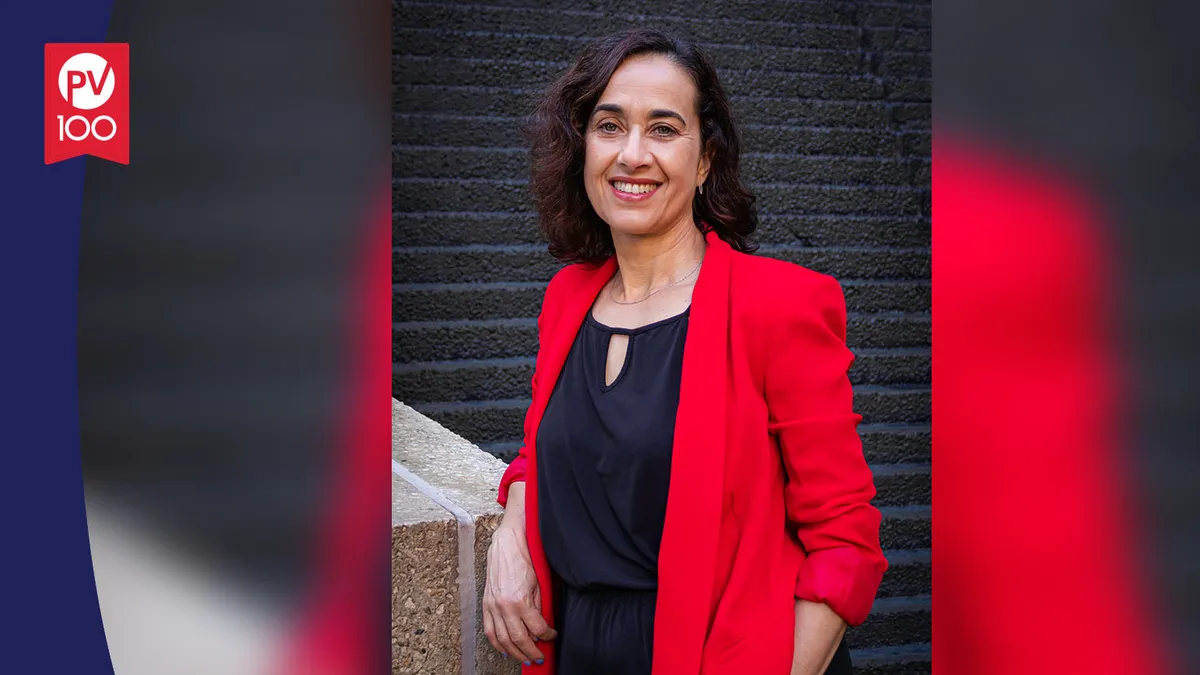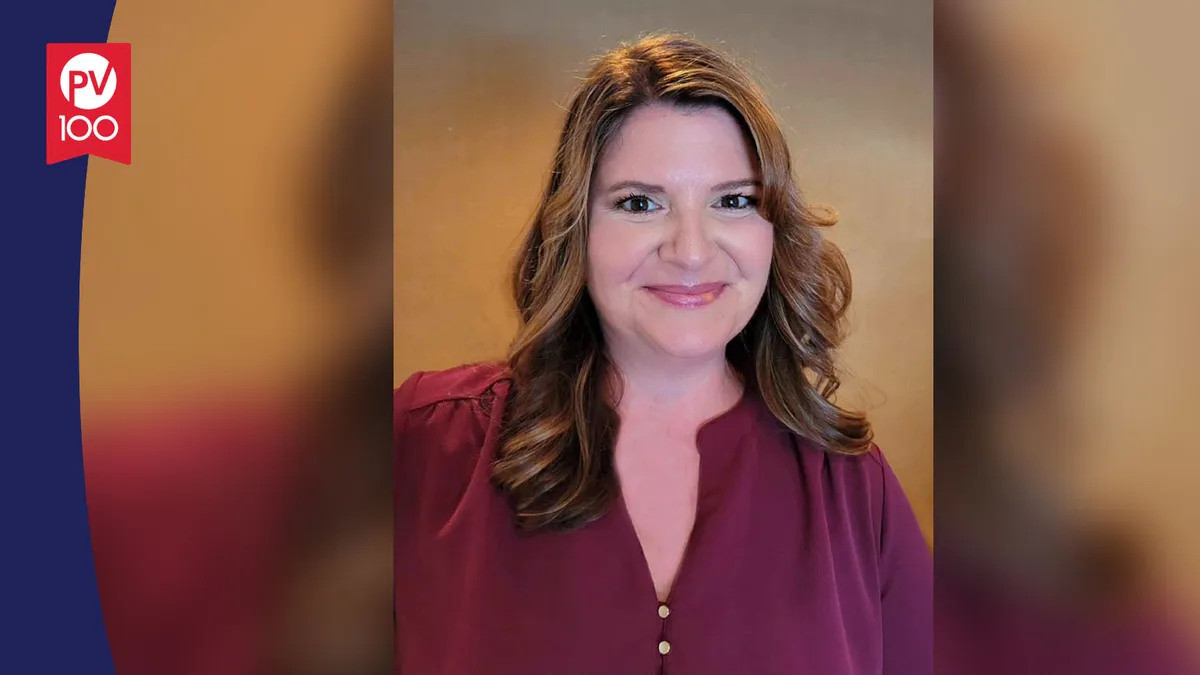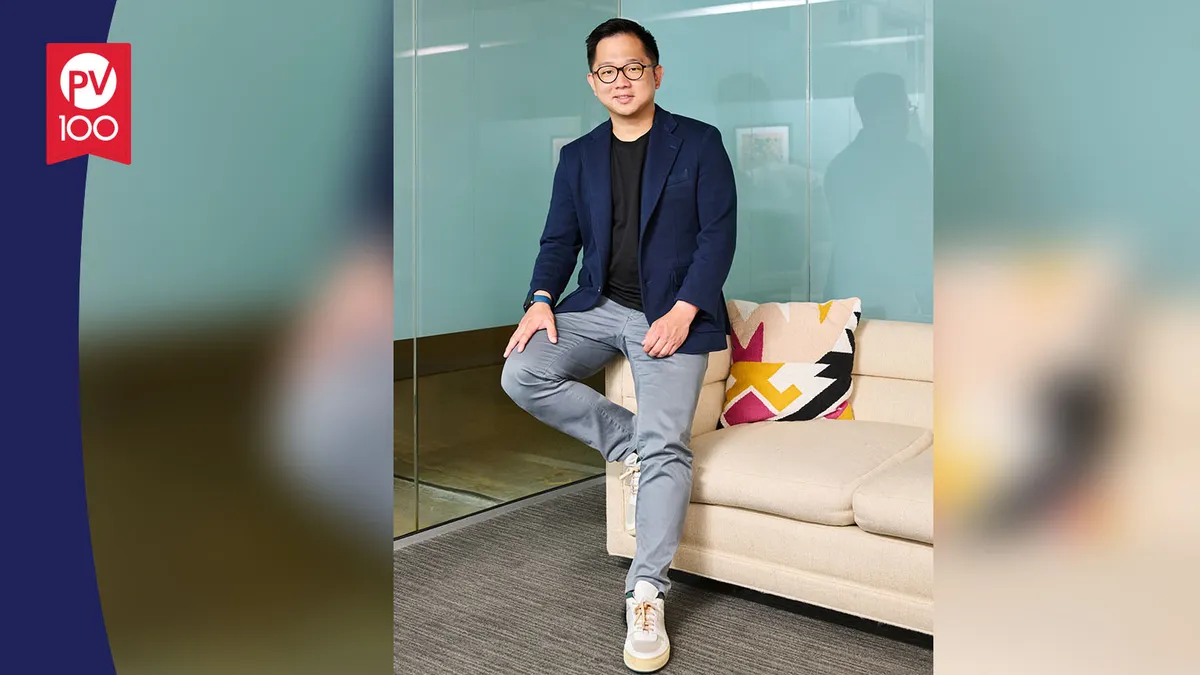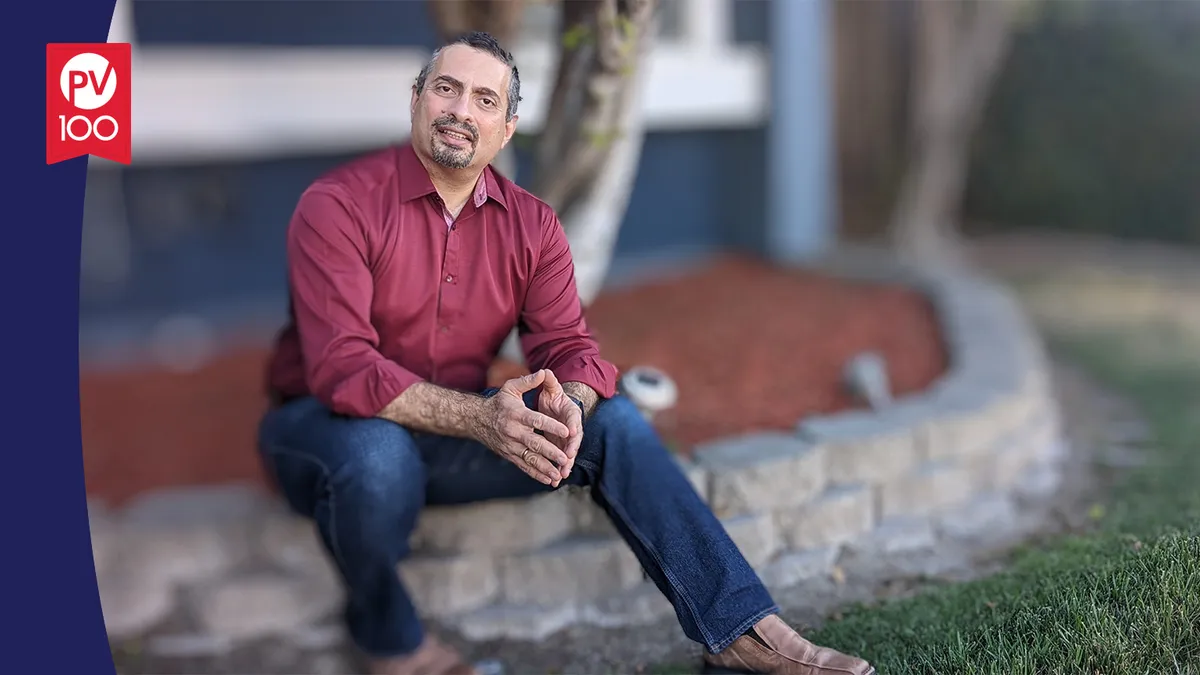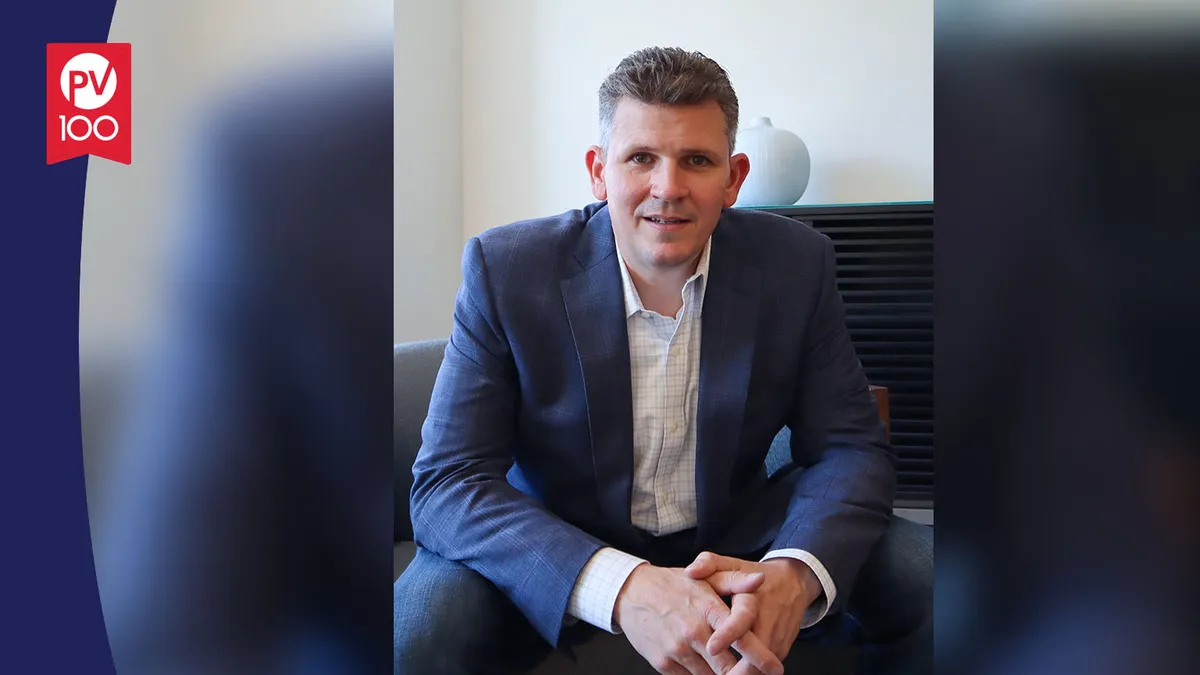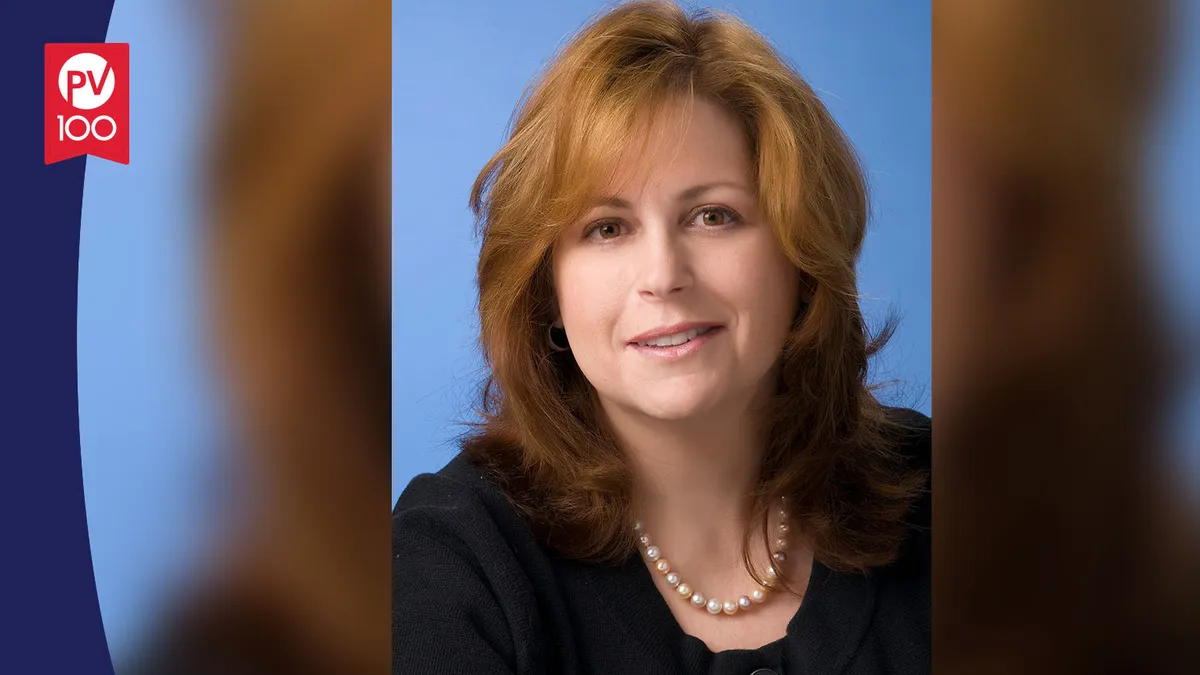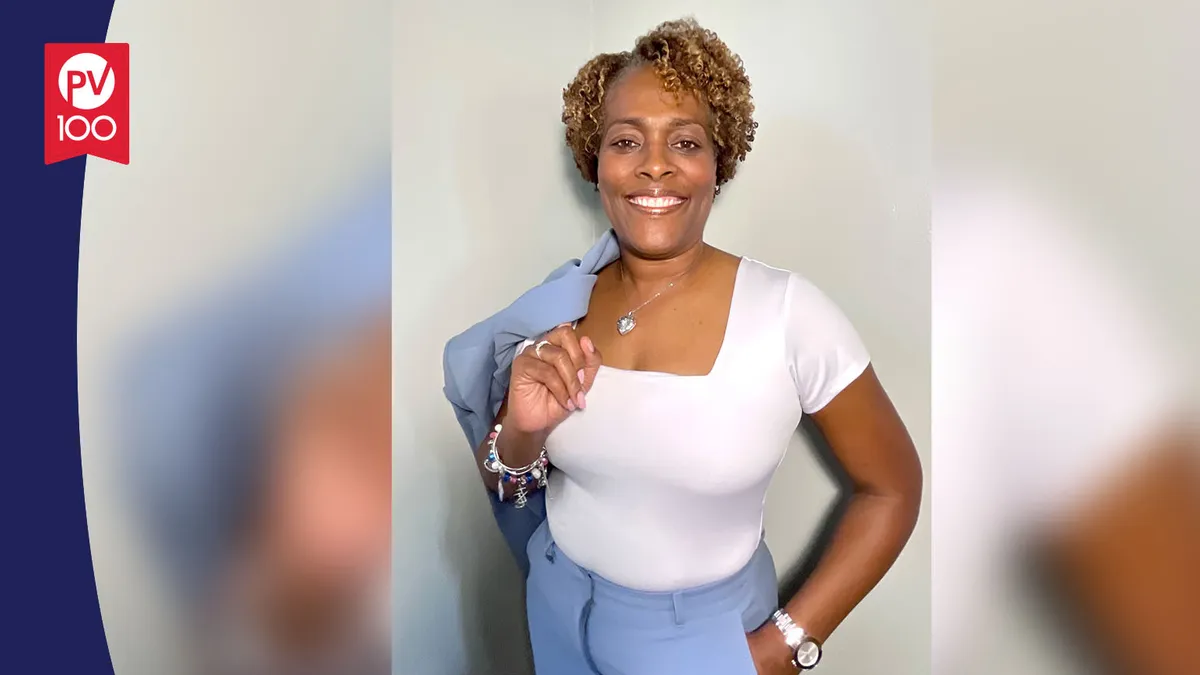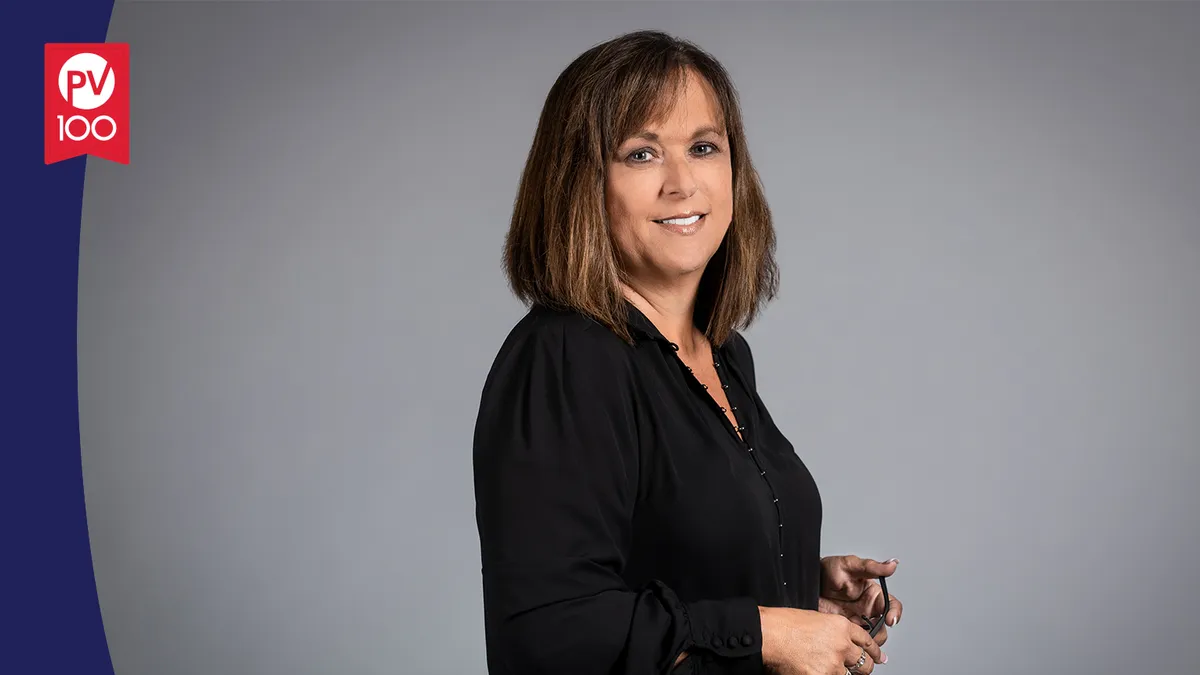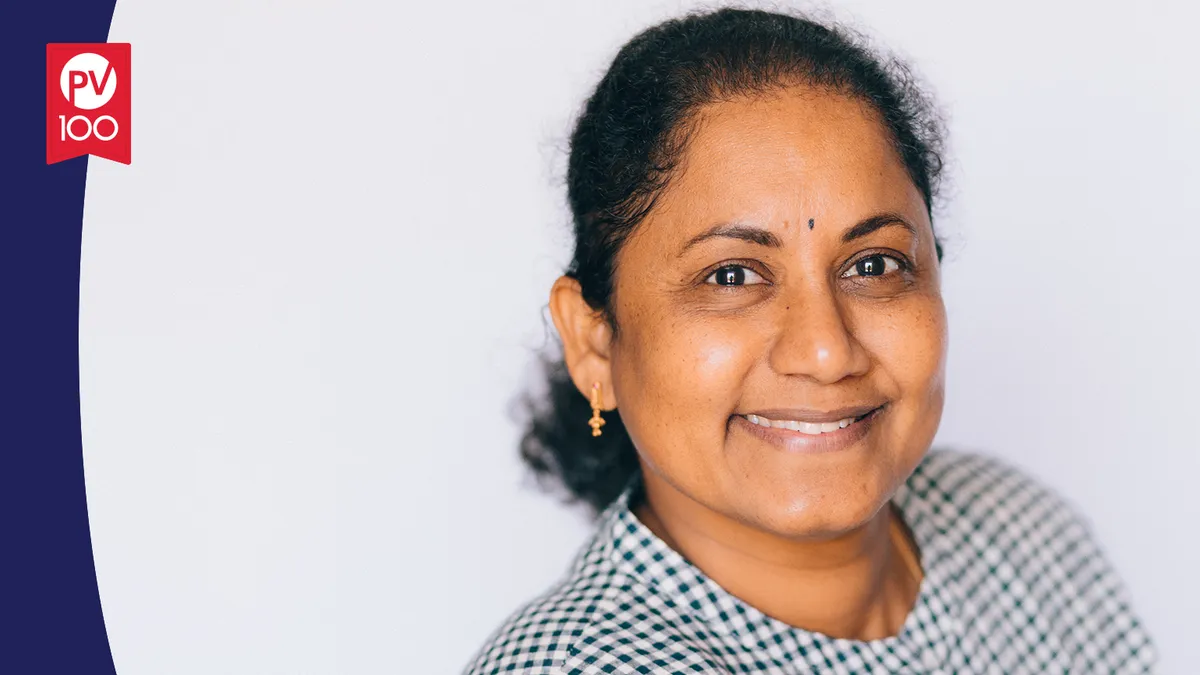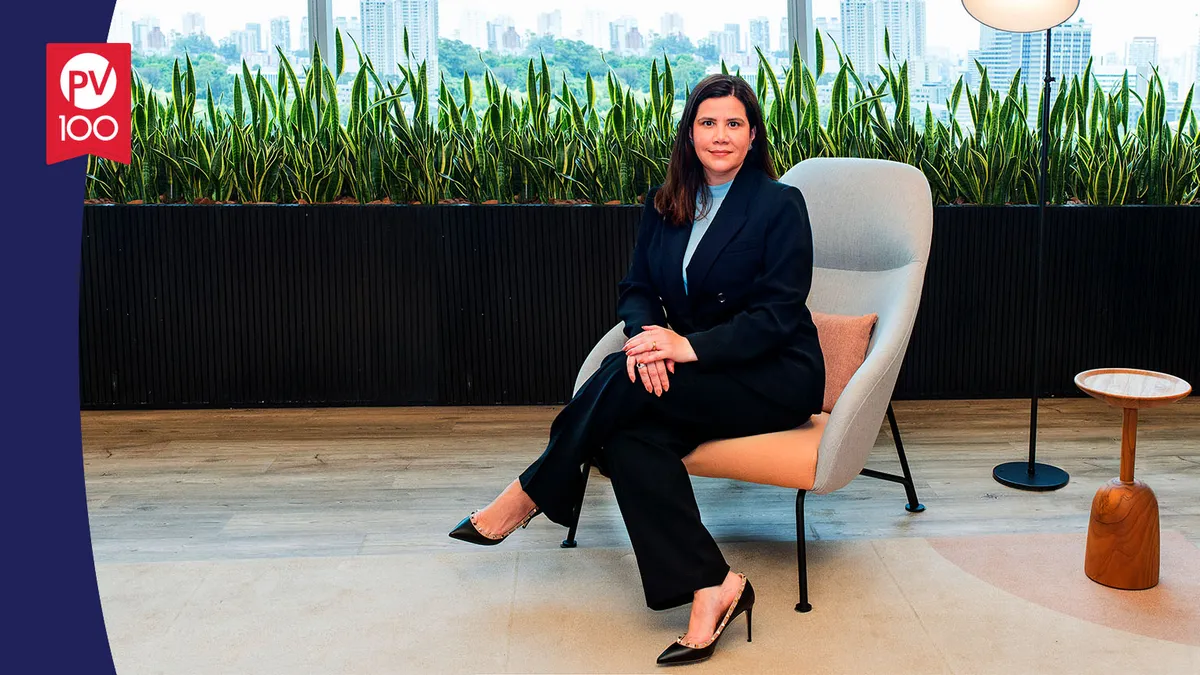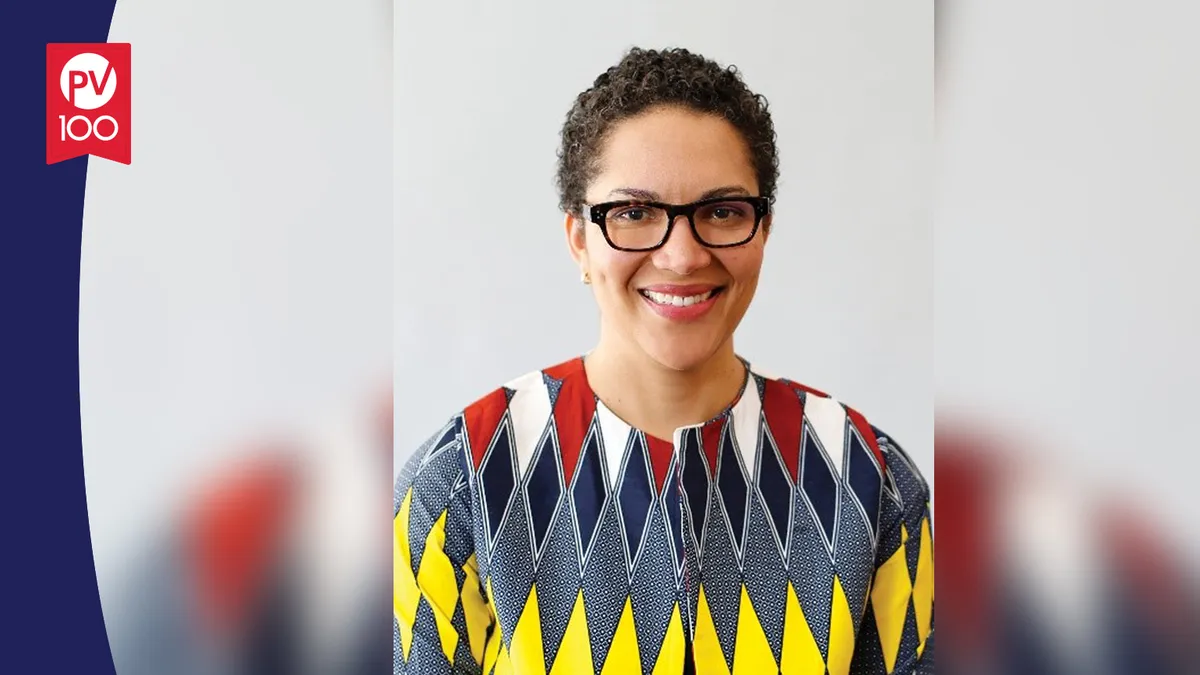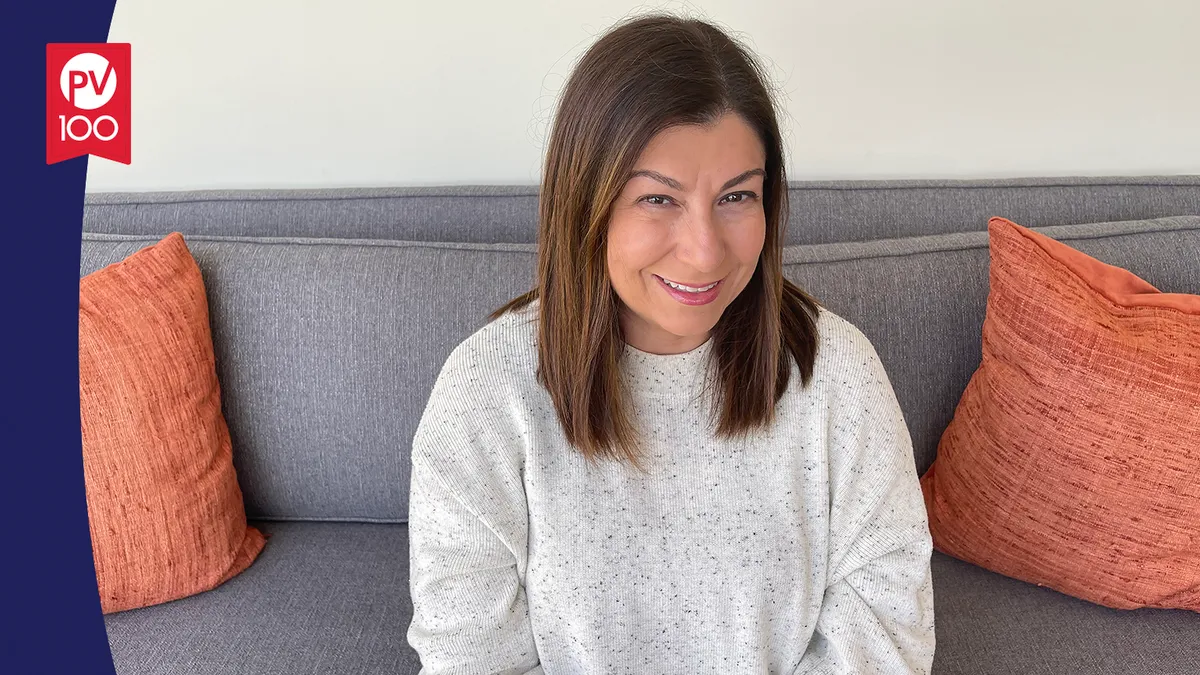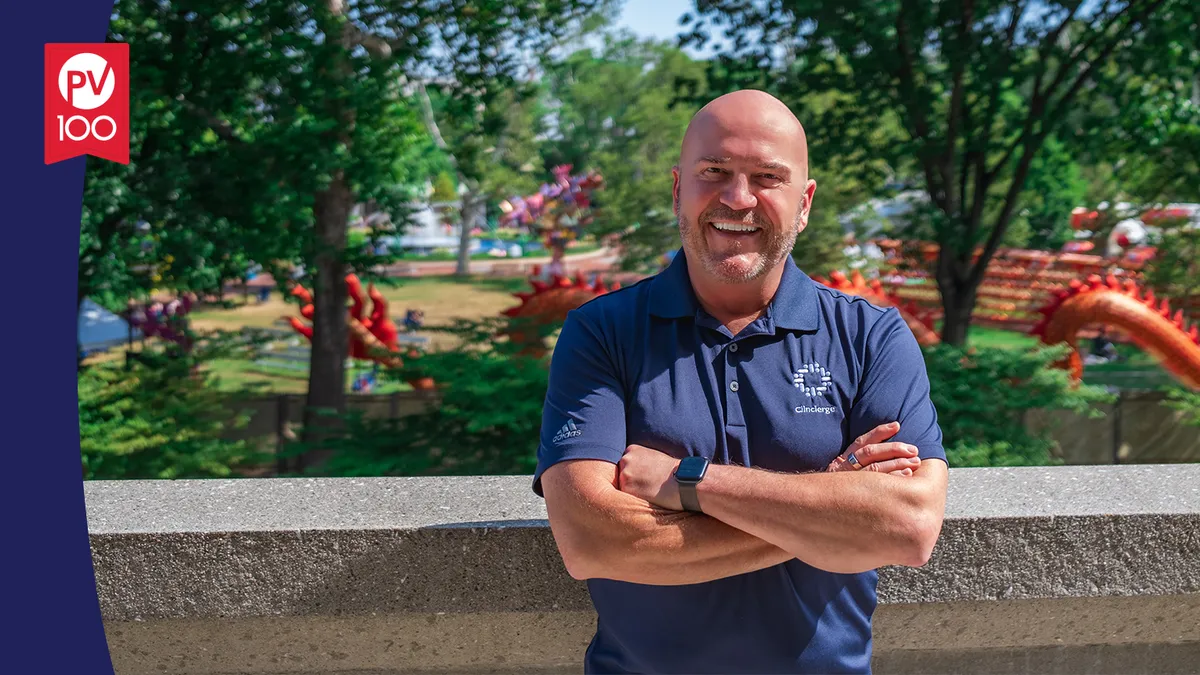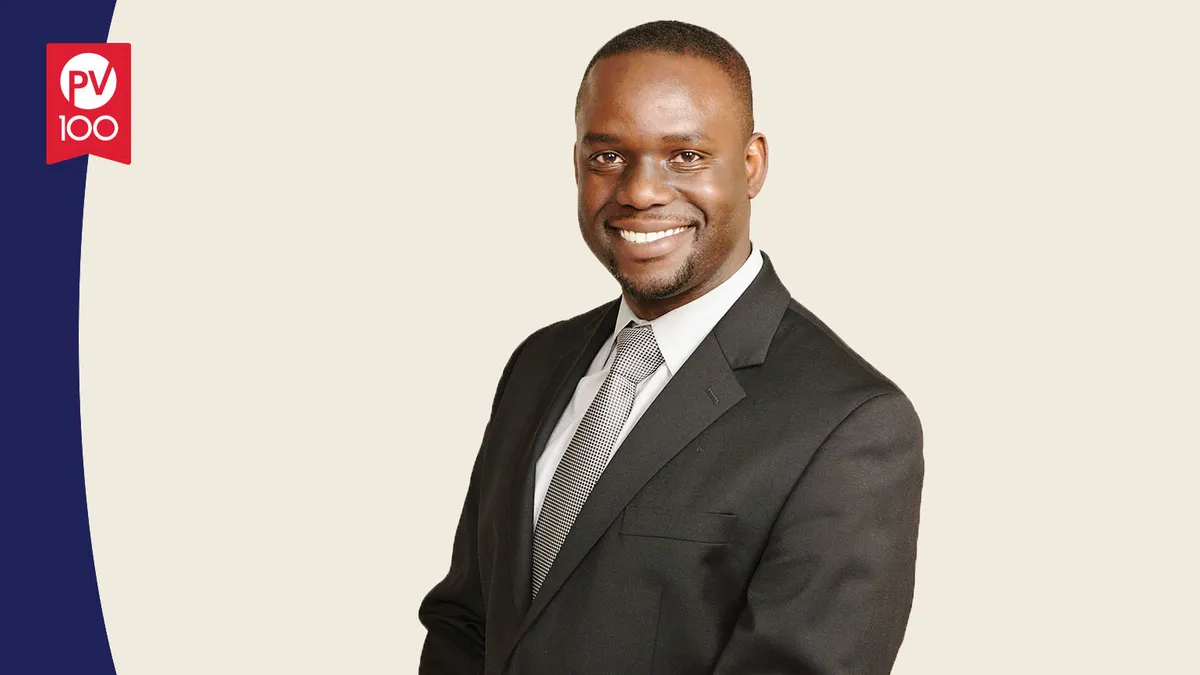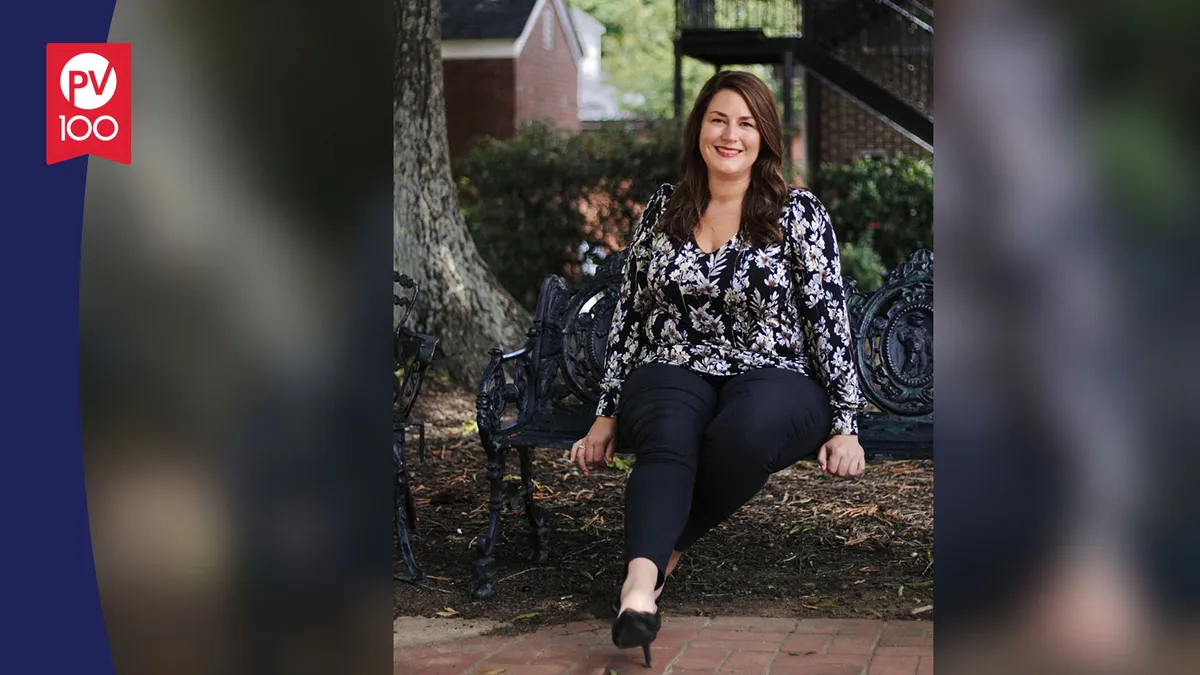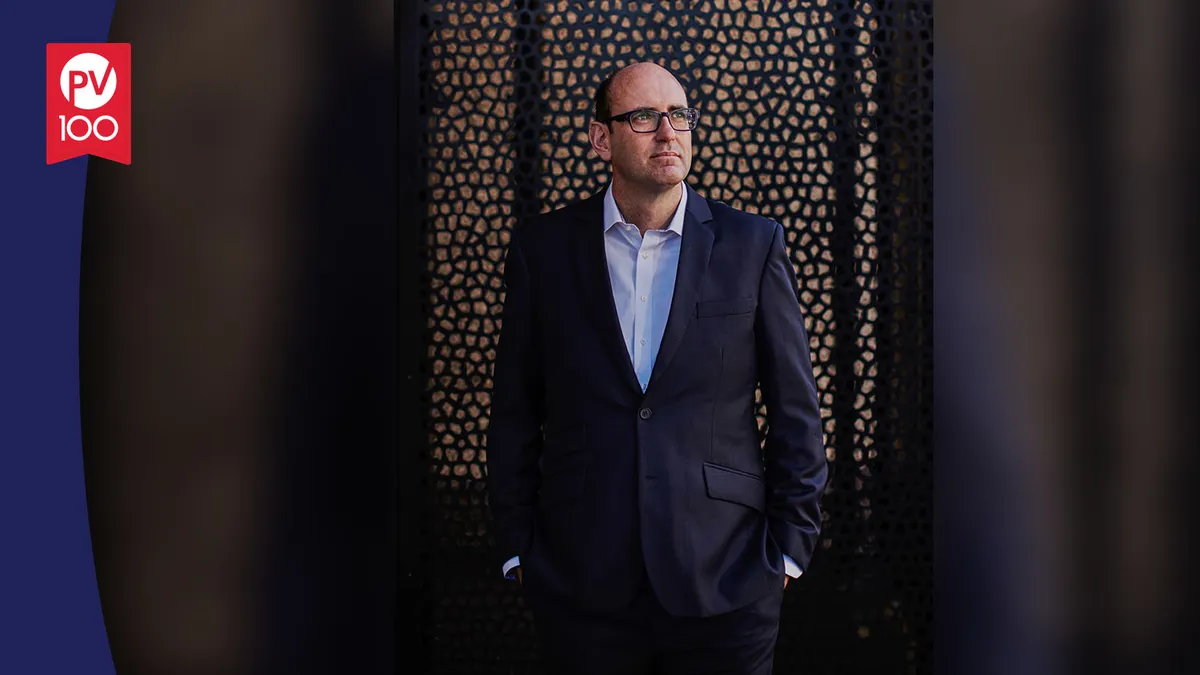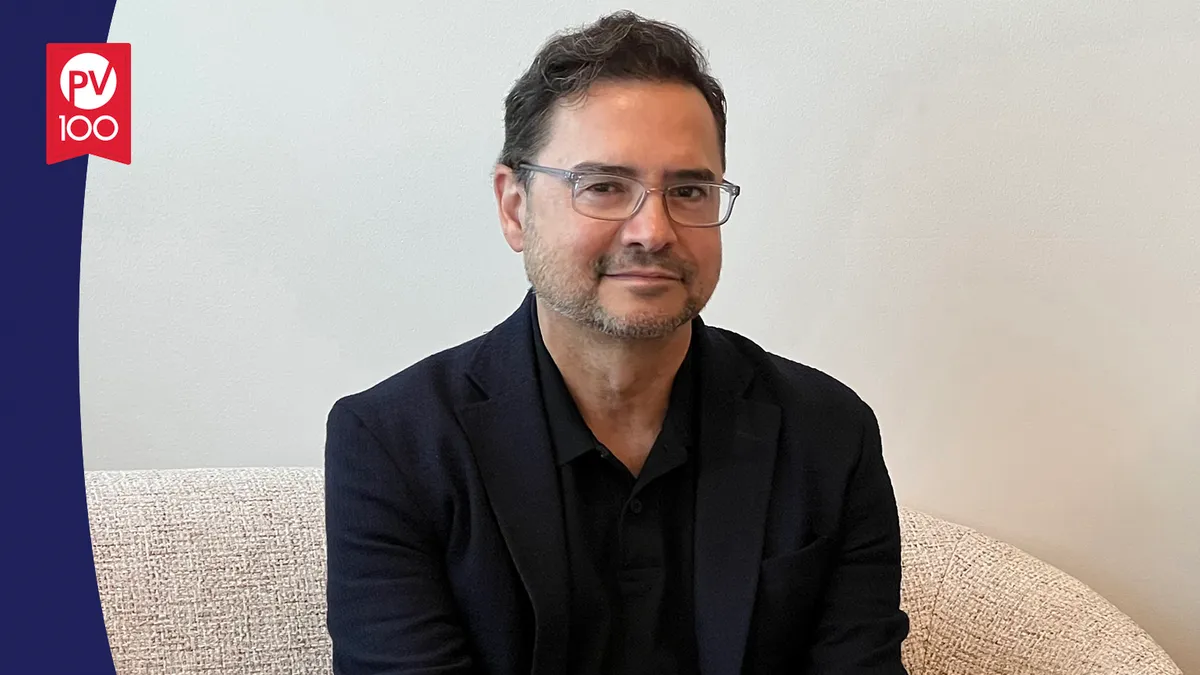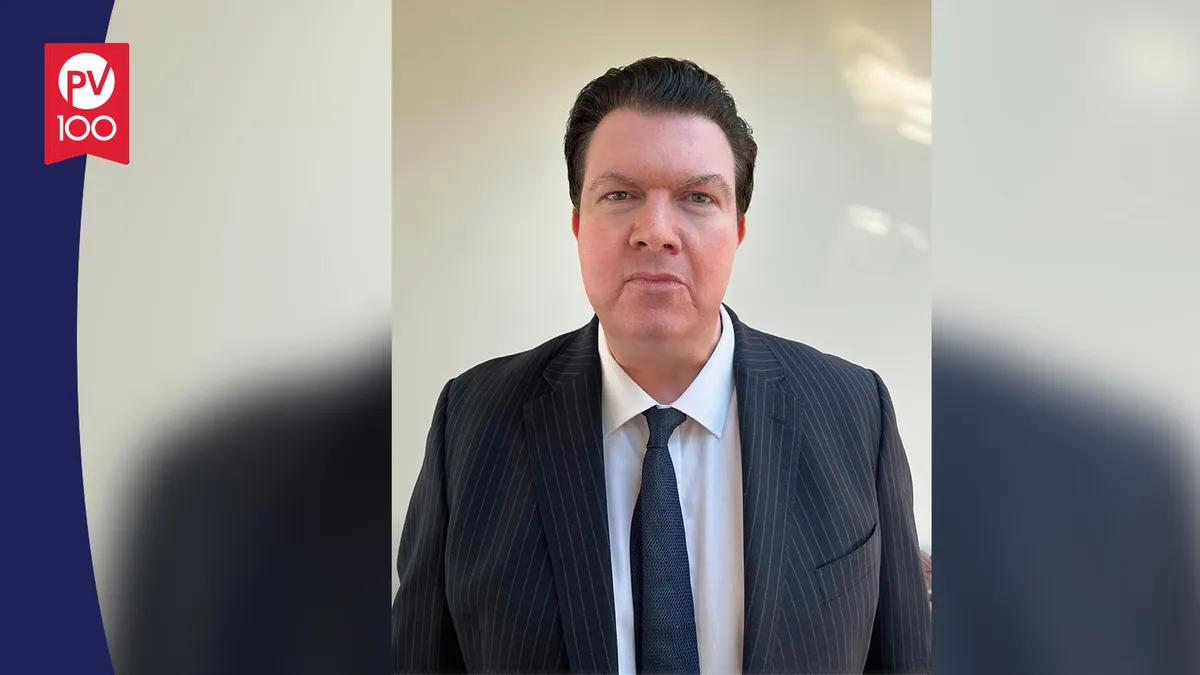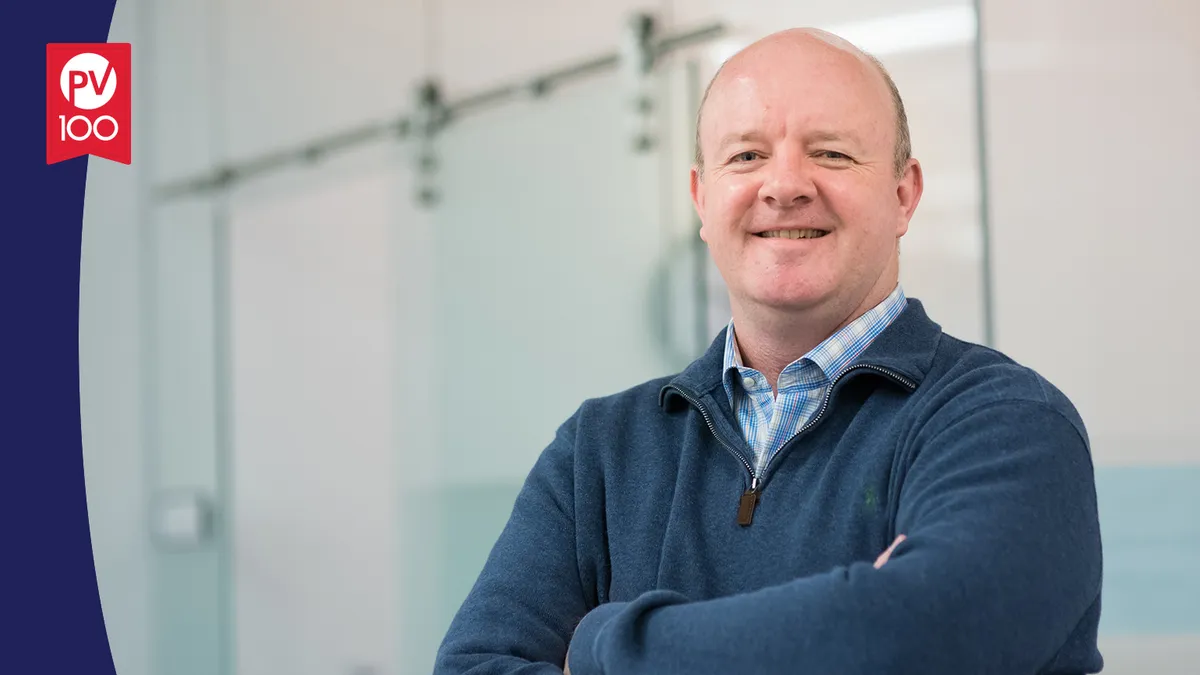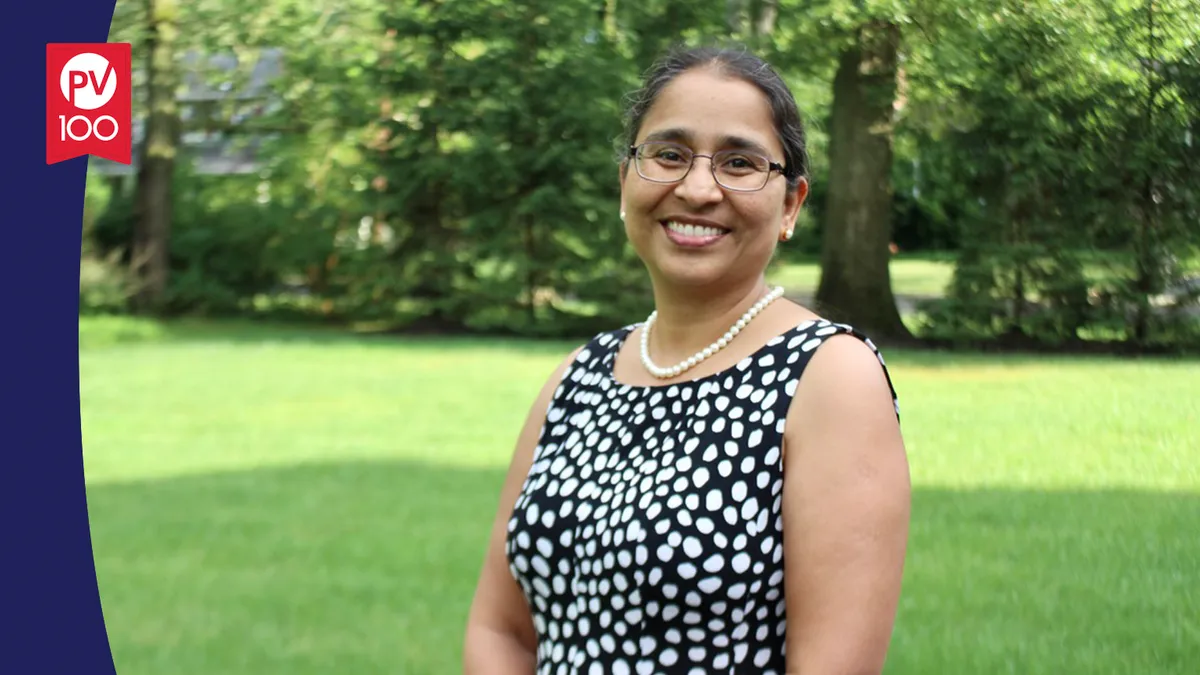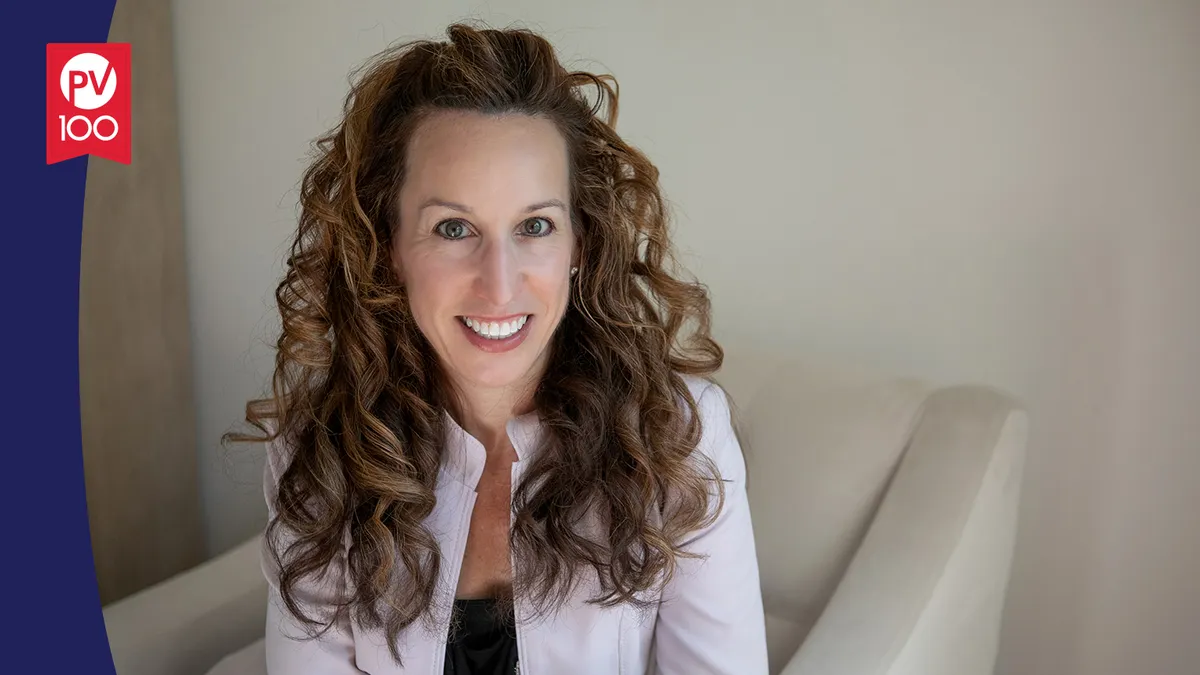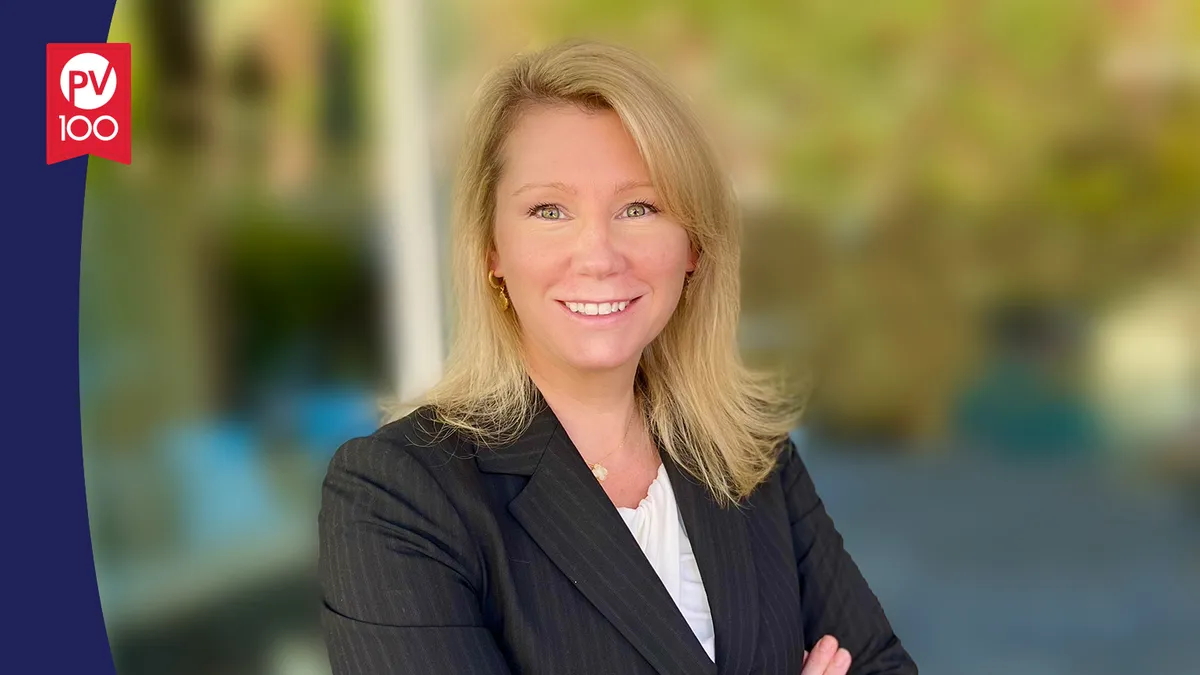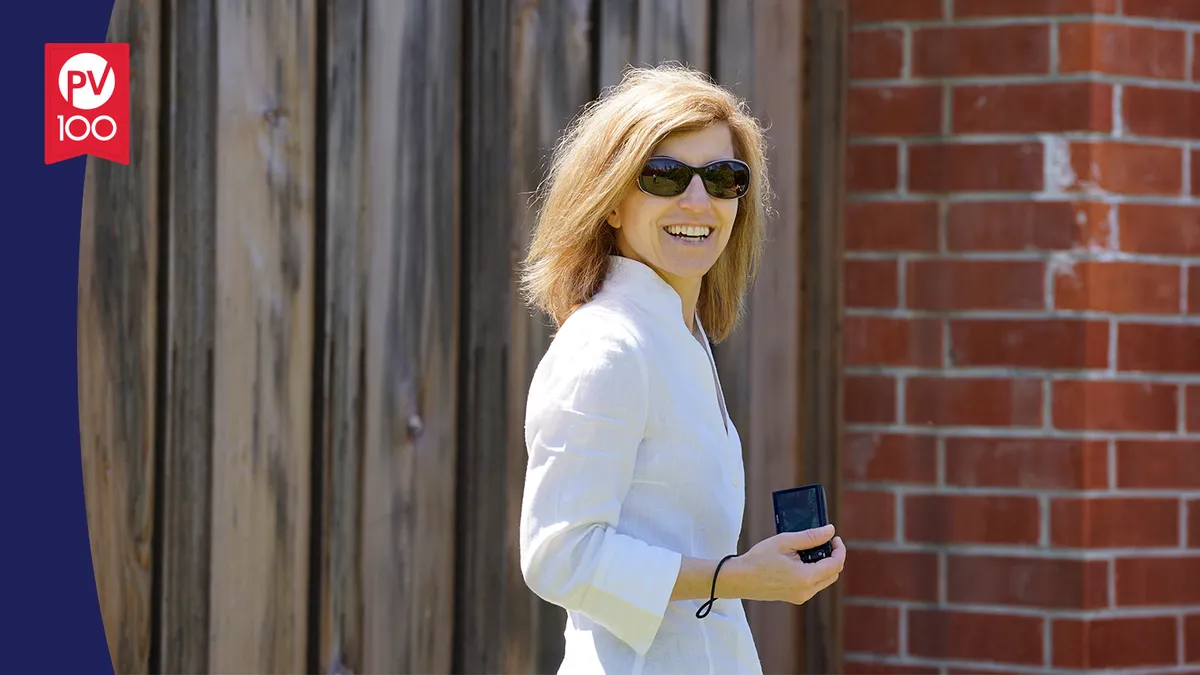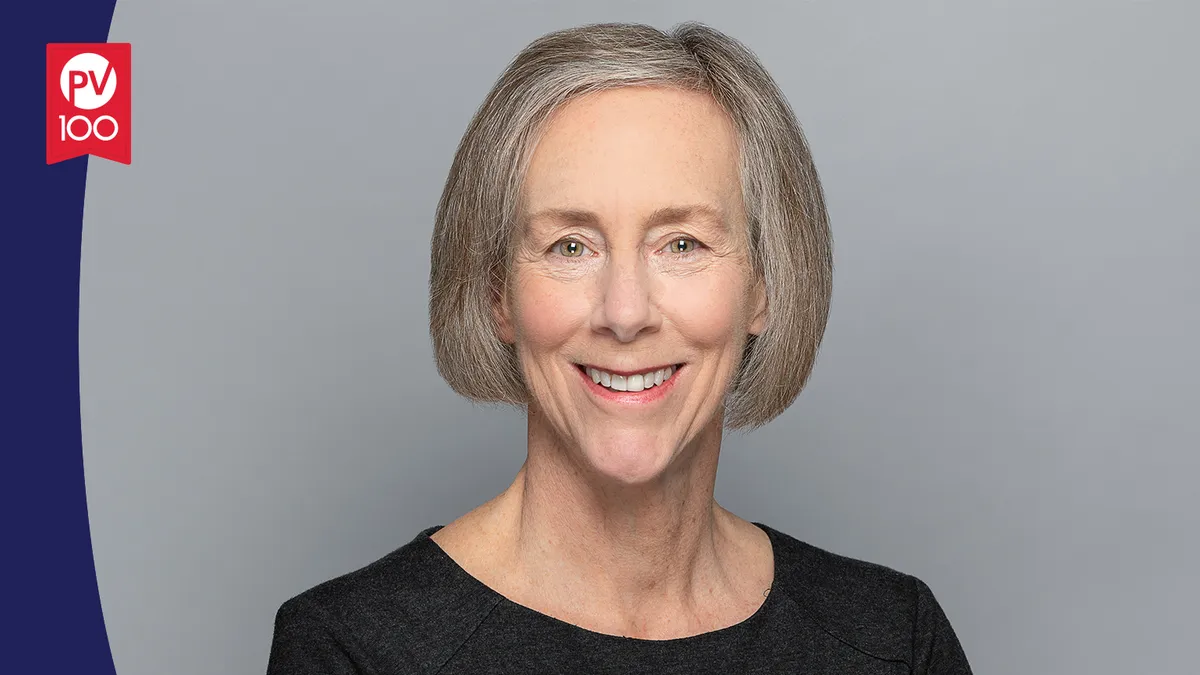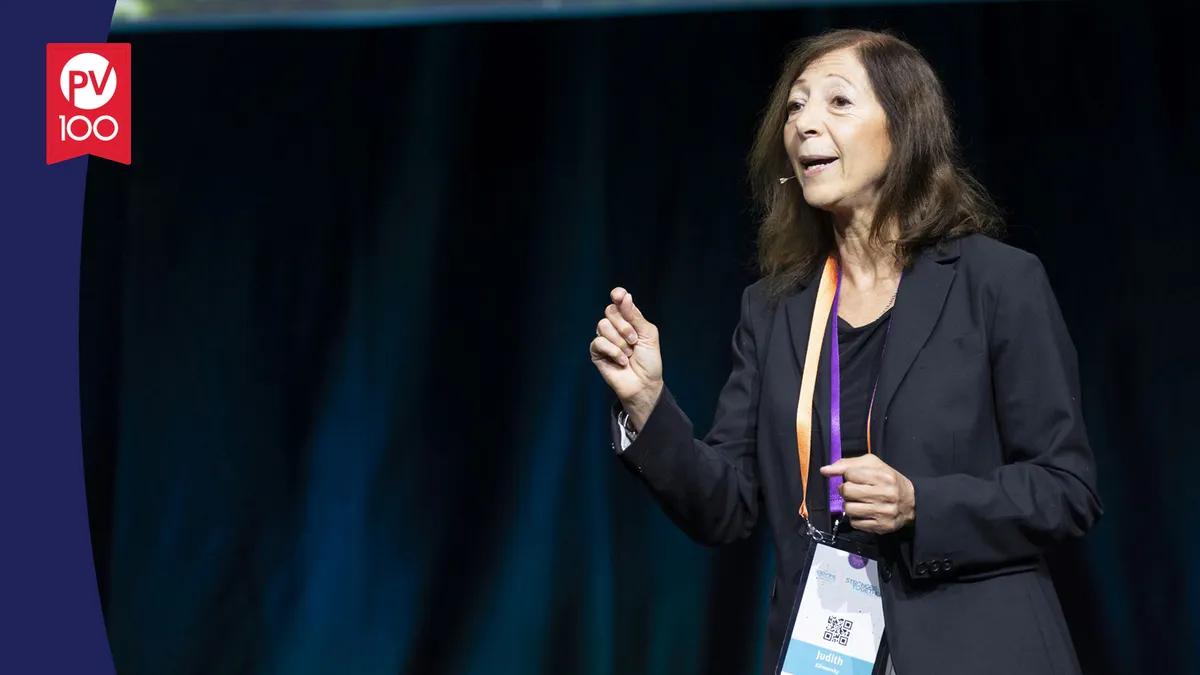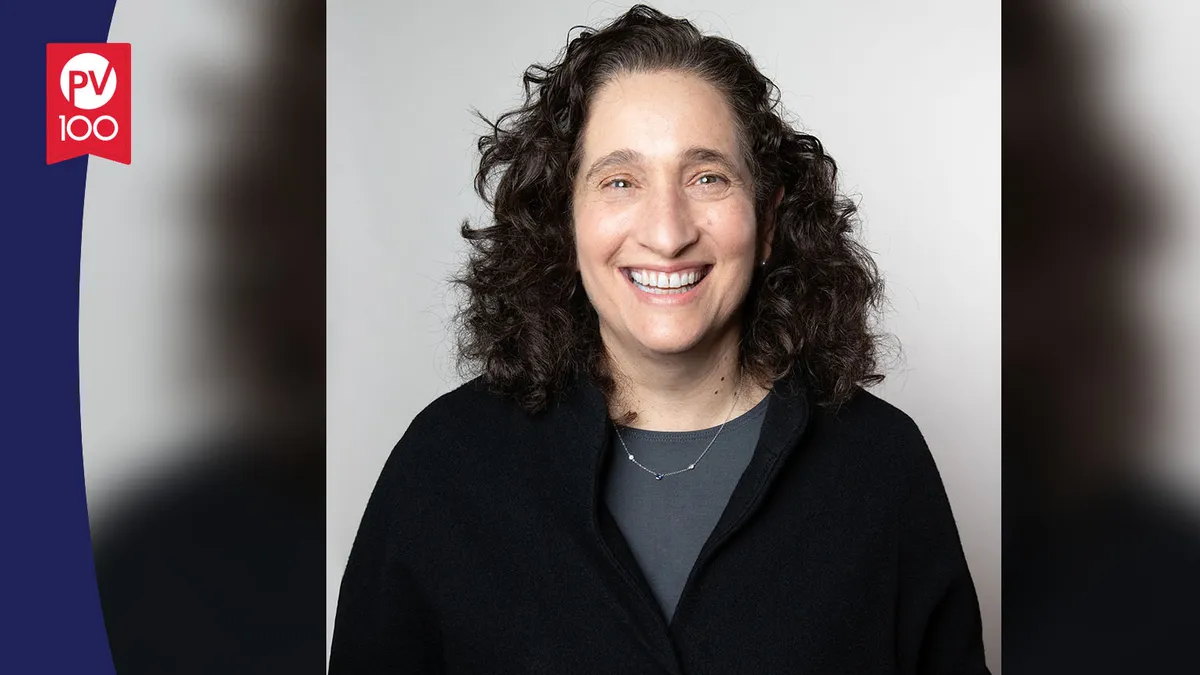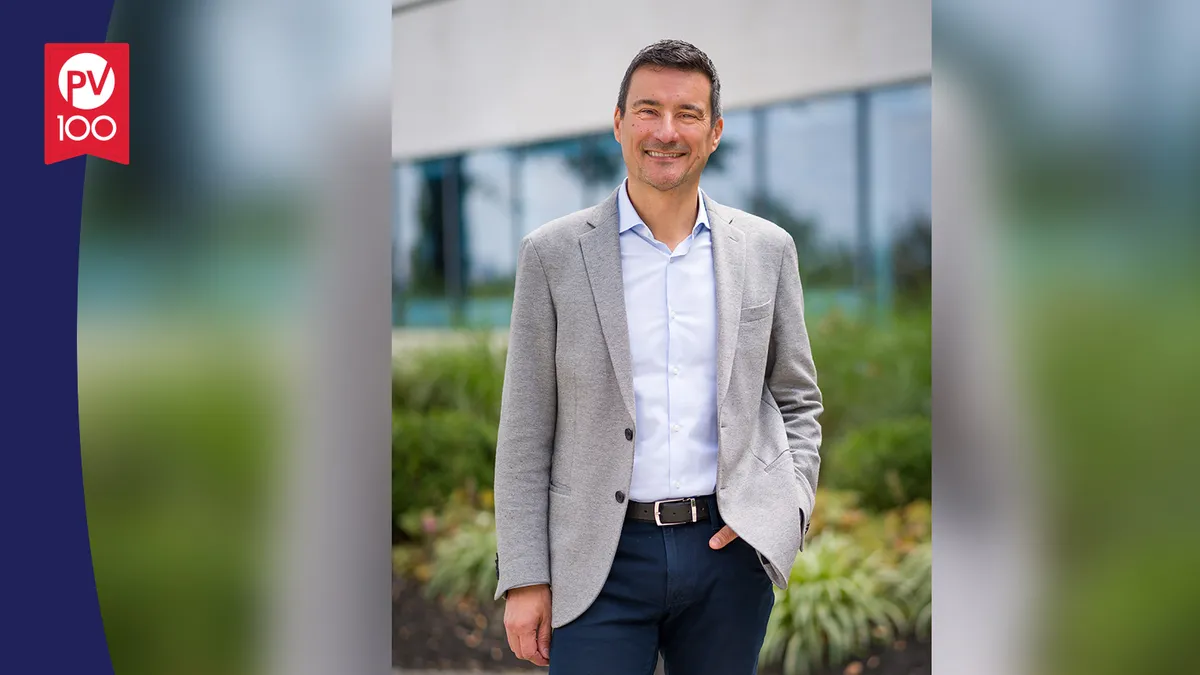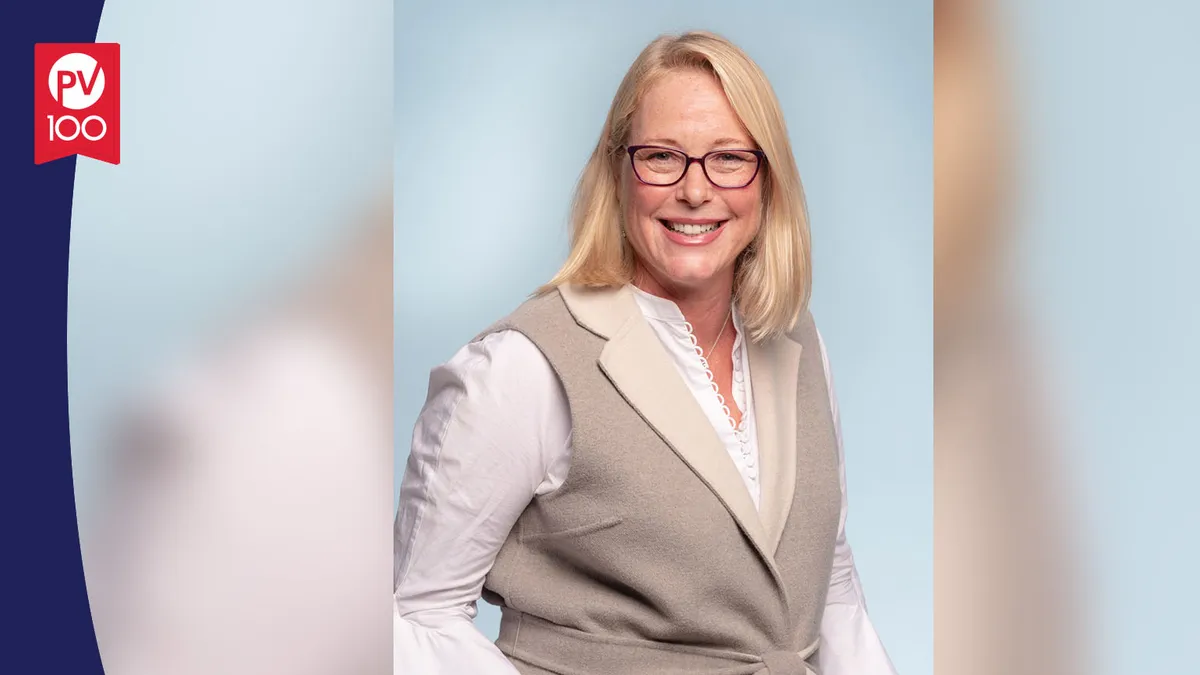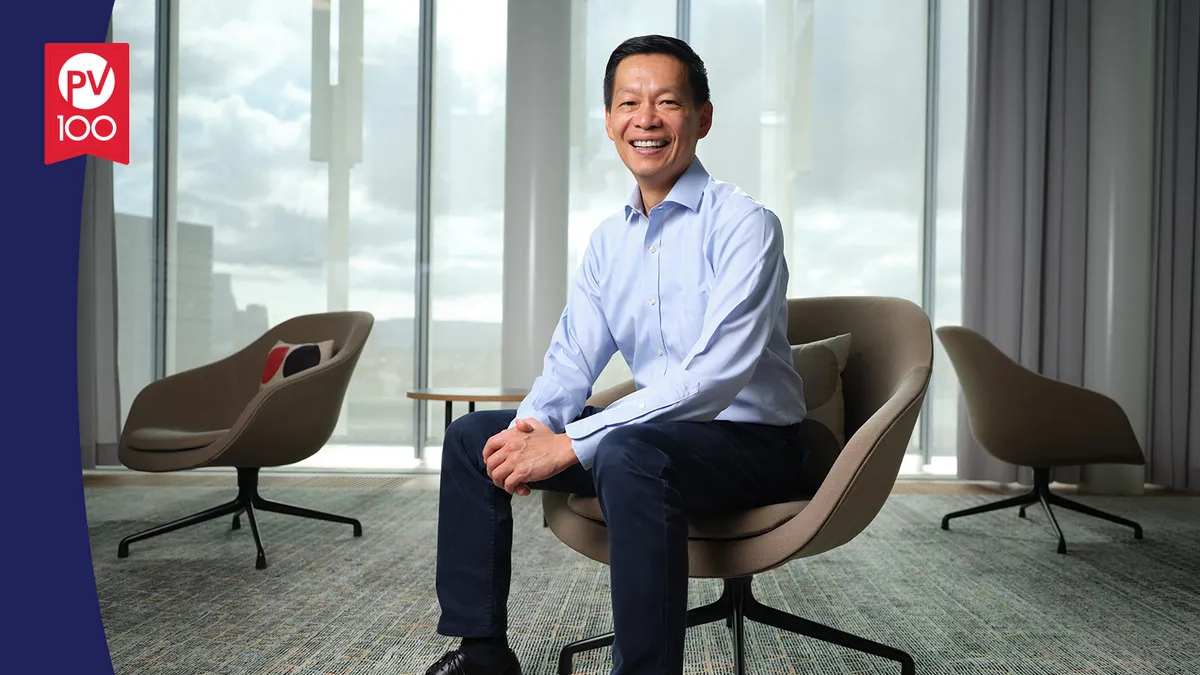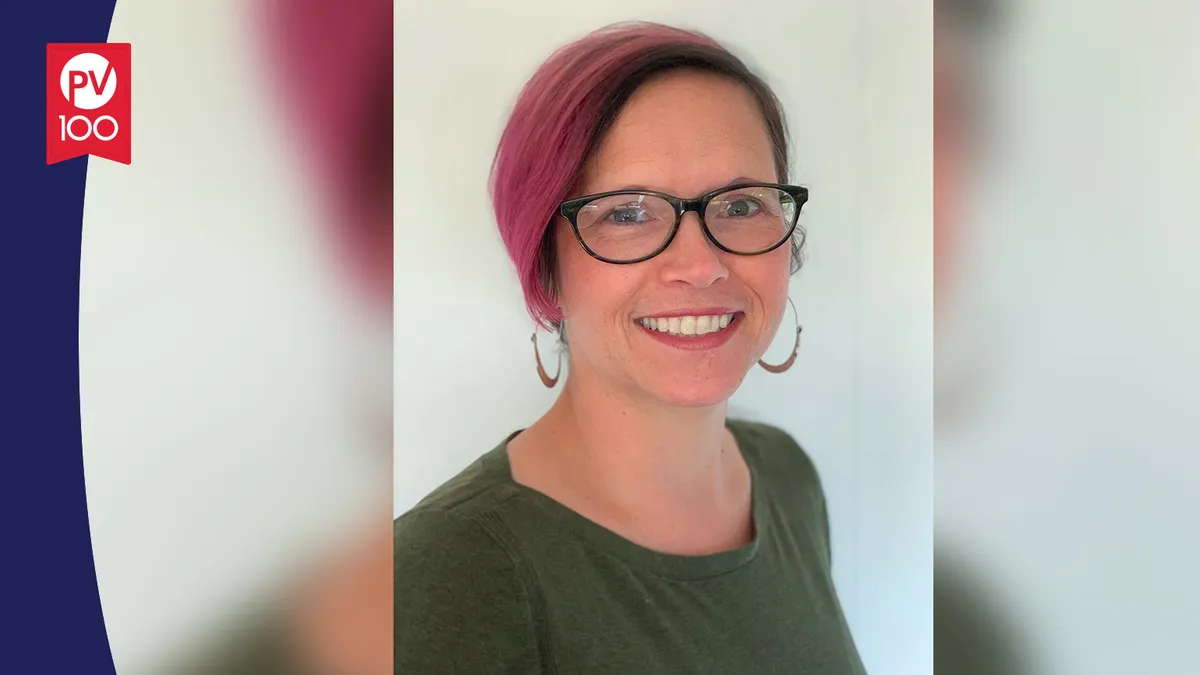Editor’s note: This story is part of our 2022 PharmaVoice 100 feature.
The framed 2020 article of Ceek Women’s Health inclusion in TIME magazine’s list of the best 100 inventions of 2020 is a source of pride for Fahti Khosrowshahi, president, CEO and founder of the women’s health company.
The game-changing innovation is the Nella NuSpec, a reusable speculum that’s temperature neutral and operates noiselessly, which provides greater comfort during pelvic exams. In addition to the speculum, Khosrowshahi has introduced two accompanying products: the Vulight, a single-use LED light to illuminate the cervix, and Vusleeve, a speculum sheaf that protect delicate vaginal tissue.
Like Apple or Tesla — two brands known for disrupting their respective industries — Khosrowshahi would like Ceek to be known for disrupting how gynecological care is delivered.
Similar to many entrepreneurs, Khosrowshahi’s journey started by identifying an unmet need, and in her case this awareness stemmed from a personal experience while undergoing infertility treatments. It was then and there she made the decision to leave her corporate job and improve the pelvic exam experience by fundamentally updating the design of the speculum that had not changed in “almost 200 years.”
According to the company, more than “500,000 clinicians in the U.S. use a speculum an average of seven to 30 times a day” and more than “60 million times a year cumulatively.”
“I've learned to trust my instinct whether that has been in hiring, firing or making important decisions.”
Fahti Khosrowshahi
President, CEO and founder
When developing the product, Khosrowshahi was intent on making sure the device was environmentally friendly and reusable.
“It’s made from a very strong plastic that’s used in the orthopedic space,” she says. “It’s a very sleek material so it glides inside the body very easily. Another thing that’s special about our speculum is the narrowness of the bill; it’s smaller than a regular-sized tampon. If women can handle a tampon, they should easily be able to handle our speculum. It also has integrated side wall retractors that gently push the tissue back so that the clinician can have easy access to the cervix.”
Khosrowshahi notes that the company went through 800 rounds of prototyping, with clinicians testing each iteration for everything from the width of the speculum to ease of use by both right-handed and left-handed individuals, and its fit for both men’s and women’s hands.
One of her nominators notes that by updating a device so uncomfortable that it keeps “some woman from going to their OBGYN as often as they should” makes Khosrowshahi a “change maker.”
“[She] asked ‘how do we make this better?’ ‘How do we improve the experience for woman’s health?’” a nominator writes.
At the end of the day, Khosrowshahi says she wants to build the world's best women's health company with meaningful innovation that addresses important unmet needs for both patients and clinicians.
Editor’s note: To learn more about the design process, tune in to Khosrowshahi’s WoW podcast.


